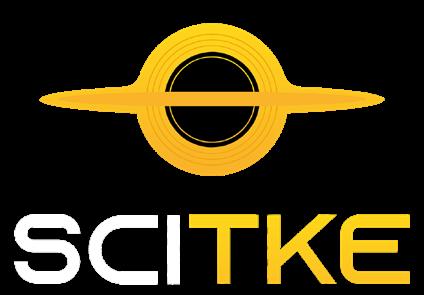The World’s First Nuclear Explosion Created

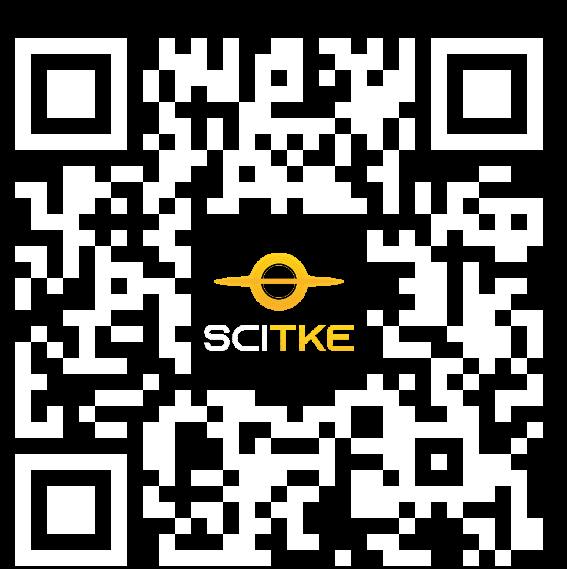


Play retro, remote play, cloud, and Android games on a lightweight handheld with great controls and a stunning 7” big screen.
Buy now





Play retro, remote play, cloud, and Android games on a lightweight handheld with great controls and a stunning 7” big screen.
Buy now

▶ Image Credits: Pixabay
According to a new study by researchers from Google DeepMind and University College London, large language models (LLMs) occasionally lack confidence when responding to questions and end up discarding correct answers.
Large language models (LLMs) are advanced AI tools designed to comprehend and produce human language. They’re widely used across sectors like finance, healthcare, and IT for tasks that involve reasoning and decision-making. Because of this, their performance must be both accurate and dependable, requiring consistent confidence in their responses. Yet, that confidence can falter.
To ensure safe deployment, LLMs provide confidence scores alongside their answers. However, how these scores influence their decision-making remains unclear.
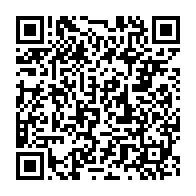
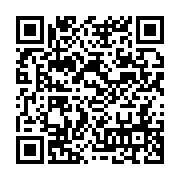
In a study posted on the arXiv preprint server, researchers found that LLMs often start off overly confident in their answers but may lose confidence and revise their responses when confronted with a misleading counterargument.
To explore this seeming contradiction, the researchers examined how large language models (LLMs) adjust their confidence and decide whether to revise their answers after receiving external input.
They began by giving a binary-choice question to an “answering LLM.” Once it responded, a second model an “advice LLM” provided guidance along with an accuracy score. This advice could support, contradict, or remain neutral toward the initial answer. The answering LLM was then asked to make a final decision. In some cases,
the model could view its original response during this stage, while in others, it could not.
The study revealed that LLMs are more likely to maintain their original answer when it’s visible to them, suggesting increased confidence. However, when the initial response is hidden, they are more prone to changing their answer. Additionally, the models tended to lose confidence and revise their decision more often when presented with opposing advice, compared to when the advice was supportive. This behavior was consistent across various models, including Gemma 3, GPT-4o, and o1-preview.
“Our findings show that LLMs diverge from ideal decision-making in notable ways,” the researchers explained. “First, they display a strong choice-supportive bias that reinforces their initial answers, even when faced with contradictory evidence. Second, although LLMs incorporate new information, they do so suboptimally placing too much weight on opposing advice, which leads to a significant drop in confidence in their original response.”
This is important because a growing number of industries rely on LLMs. Yet, the research highlights that these
models aren’t purely logical they exhibit their own biases and can be influenced. In extended interactions between a human and an AI, recent input may disproportionately shape the AI’s response.
Recognizing this behavior, along with other subtleties in how LLMs make decisions, is key to developing AI systems that are safer, more reliable, and better designed.
Eighty years ago, at 5:29 a.m. on July 16, 1945, a momentous and devastating event unfolded in the New Mexico desert. That morning, the U.S. Army conducted the Trinity test—the world’s first detonation of a nuclear bomb—using a plutonium-based implosion device nicknamed “the Gadget.” This unprecedented explosion marked the dawn of the nuclear age and altered the course of warfare permanently.
The bomb unleashed energy equivalent to 21 kilotons of TNT, obliterating the 30-meter (98-foot) test tower and miles of copper wiring used to monitor the blast. The intense heat and pressure fused the tower remnants, copper wires,
asphalt, and desert sand into a green, glass-like material that came to be known as trinitite—a newly formed mineral born from atomic fire.
rangements. When the concept of quasicrystals emerged in 1984, scientists were skeptical. Crystals were thought to exist only as either

▶ Credit: Depositphotos
Years later, scientists found an extraordinary surprise inside a piece of that trinitite: a quasicrystal, a previously unimaginable form of matter with atomic arrangements unlike those in conventional crystals. Extreme Environments and the Formation of Quasicrystals
Quasicrystals form under conditions of extreme pressure and heat—environments rarely found on Earth, explained geophysicist Terry Wallace of Los Alamos National Laboratory in a 2021 interview. Such conditions typically occur only during highly energetic events, like nuclear explosions.
Unlike traditional crystals, which have repeating atomic patterns, quasicrystals feature structured yet non-repeating atomic ar-

ordered or disordered structures—nothing in between. But this assumption was shattered when quasicrystals were later synthesized in laboratories and discovered in nature, including inside meteorites formed under extreme thermodynamic shocks.
The Search for Quasicrystals in Red Trinitite
With that knowledge, geologist Luca Bindi of the University of Florence and his team turned their attention to trinitite. However, they didn’t examine the common green variety. Knowing that quasicrystals often incorporate metals, they focused instead on red trinitite—a rarer form colored by vaporized copper wires fused into the mineral during the explosion.
Using advanced methods like scanning electron microscopy and X-ray diffraction, the
researchers studied six small samples of red trinitite. In one, they found what they were looking for: a microscopic 20-sided grain composed of silicon, copper, calcium, and iron—exhibiting fivefold rotational symmetry, something impossible in ordinary crystals. This quasicrystal was a byproduct of nuclear devastation, born unintentionally during the Trinity test.
This quasicrystal is stunning in its complexity, though we still don’t understand exactly how it formed,” Wallace remarked in 2021, when the team published their findings. “But eventually, someone will uncover a thermodynamic explanation—and that insight may deepen our understanding of nuclear blasts.
This discovery represents the oldest man-made quasicrystal on record and points to other possible natural mechanisms of formation. For instance, lightning strikes that create fulgurites or high-velocity meteorite impacts might also generate such exotic structures.
The implications go beyond scientific curiosity. Analyzing quasicrystals formed in nuclear detonations could enhance nuclear forensics, helping experts detect and interpret illicit nuclear tests. Unlike radioactive debris, which decays
over time, quasicrystals could offer a permanent signature of such events.
To evaluate another nation’s nuclear capabilities, we need a detailed understanding of their test history,” Wallace noted. “While we usually rely on radioactive gases and particles, those traces fade. But quasicrystals formed during a nuclear blast can last forever— and may reveal entirely new information.
Most robots humanoids included still lack the ability to feel what they touch. To address this gap, Loomia recently introduced its first tactile sensing developer kit. The launch follows insights gathered from interviews with over 100 engineers in fields like industrial automation, medical devices, and robotics, conducted under the National Science Foundation’s I-Corps program.
“We didn’t initially aim to create a robotics product,” said Loomia founder Maddy Maxey. “But time and again, we heard that pressure sensing was the missing link in robotic hands and grippers and that there were no reliable, flexible, plug-and-play options available.”
Originally founded in 2014 as The Crated, Loomia specializes in Page.
soft circuit systems for sensing, heating, and lighting ideal for settings where rigid PCBs fall short. Based in Brooklyn, the company holds 10 U.S. patents, and its Loomia Electronic Layer (LEL) has already been used in automotive, industrial, and robotic applications.
According to Loomia, the new kit is its first readymade product for the robotics sector, aimed at supporting R&D labs, hardware startups, and researchers developing the next wave of human-aware machines.
Interviews Reveal Challenges Faced By Developers

Loomia began developing flexible tactile sensors in 2018, starting with a glove-based pressure matrix created for industrial automation company Festo. Since then, the company has delivered over 1,000 sensors to enterprise clients, enabling them to prototype custom designs with unique shapes and sensitivity levels.
“Robots can see, but they still have trouble interacting with the real world,” said Loomia founder Maddy Maxey. “Without tactile feedback, they drop objects, misgrasp items, or crush delicate ones. Cameras alone can’t fix that sensors like these can.”
“When the NSF selected us for the I-Corps program to help transition our technology from the lab to the market, we were required to complete two rounds of interviews,” said Sena Nur Birsen,, Loomia’s marketing and business development associate. “The first round focused on the automotive industry not just OEMs, but also Tier 1 suppliers. Our technology is already used there, combining sensing and heating in vehicle interiors. We’ve also worked with clients in the medical sector.”
“For the second round, we had limited knowledge of the robotics field,” she told The Robot Report. “With a small team of about five, we researched and connect-
ed with professionals in humanoid robotics, automation, and those working with robotic hands, grippers, or AR/ VR gloves. We asked whether tactile sensing mattered to them and what specific needs they had.”
Loomia uncovered several common challenges faced by robotics teams:
sensing into their systems.”
The Loomia Smart Skin Developer Kit is Now on The Market
Loomia stated that its new kit offers roboticists a platform for easy testing, prototyping, and integration of tactile sensors with minimal setup effort. The kit fea-
Sensor drift and inconsistent performance
Difficulty integrating rigid sensor formats
Sensor failures during early testing phases
Need for sensitivity under 2 Newtons
Strong demand for plugand-play solutions
Loomia discovered that despite progress in computer vision and AI, tactile sensing remains a major hurdle for robotics developers. According to Goldman Sachs, around 17% of humanoid robot development budgets are allocated to gripper technology more than any other component.
“We kept hearing that tactile sensors were costly, unreliable, and provided inconsistent data that disrupted workflows,” said Birsen. “Developers also mentioned that setup and testing took too long. So, we set out to create a solution that would genuinely help robotics teams evaluate and integrate tactile
tures: A tactile sensing glove with three fingers, Capacitive sensors capable of detecting forces under 0.01N, Both mini and large pressure matrix arrays, Peel-andstick versions for direct robot integration, A static weight kit for sensor calibration, Visualization software compatible with Arduino, Two hours of dedicated engineering support
The sensors are built on Loomia’s proprietary LEL technology a soft-circuit system proven to withstand stretching, twisting, abrasion, and environmental stress. Each kit will include a comprehensive durability report.
“We previously offered our own pressure sensors the mini and mega matrix versions were among our bestsellers,” said Birsen. “But these new capacitive sensors offer significantly greater sensitivity and stability than most alternatives on the market. They can detect even feather-light touches.”
“We’re refining our earlier designs to deliver a solution tailored for robotic hands one that’s more sensitive, more stable, and provides consistent feedback,” she added. “We’re reconnecting with previous clients and engaging major humanoid robotics firms.”
planet. This solid-fuel booster is a key component in the effort to bring geological samples back from Mars.
The Mars Sample Return (MSR) mission stands as one of the most complex and ambitious undertakings in space exploration history.An international team of collaborators designed this project to retrieve Martian samples and transport them to Earth for comprehensive scientific analysis.
While the concept may seem straightforward, executing it is anything but. The mission has already begun, with NASA’s Perseverance rover actively gathering rock and soil samples on Mars using a robotic arm and drilling system.The Perseverance rover seals some of these samples
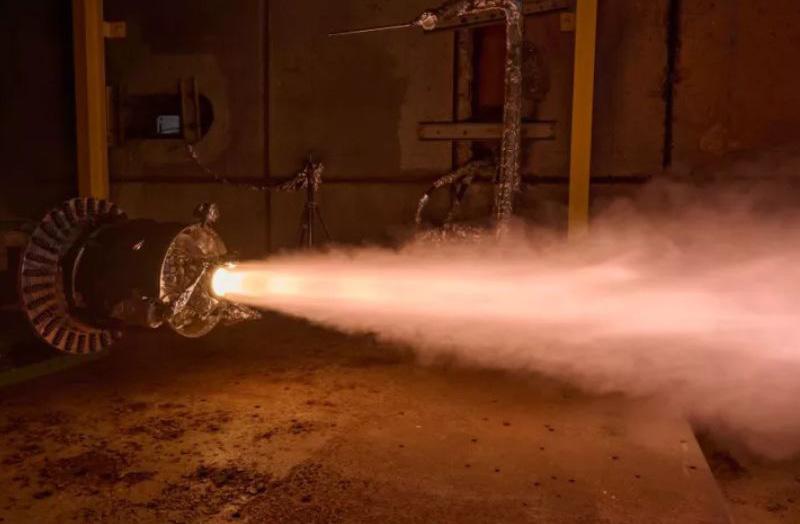
▶ Credit: Northrop Grumman Northrop Grumman has completed a successful ground test of the rocket motor that could power the first-ever orbital launch from another
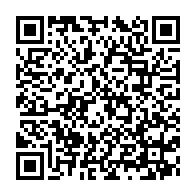

in tubes and places them on the Martian surface, where they will stay until a future lander delivers a specialized retrieval rover.
At that point, the new
rocket system will play its crucial role. Once the second rover retrieves the cached samples, it will place them into a container that a robotic arm will load onto NASA’s Mars Ascent Vehicle (MAV) — the first rocket designed to launch from the surface of another world.
The MAV will stand approximately 10 feet (3 meters) tall and weigh around 992 pounds (450 kilograms). It will be made up of two solid rocket stages along with essential electronics, sensors, and guidance systems. Once fired, the rocket is expected to accelerate to 2.5 miles per second (4 kilometers per second), achieving low Mars orbit in roughly 10 minutes. There, it will meet another spacecraft that will capture the sample container and carry it back to Earth.
Recently, engineers at Northrop Grumman’s facility in Elkton, Maryland, conducted static fire tests on the rocket’s second stage, focusing on how it performs using a newly formulated propellant.Although Northrop Grumman has not disclosed the exact composition, the team based the fuel on a proven design similar to that used in the company’s STAR motors. They likely formulated it with ammonium
perchlorate composite propellant (APCP) mixed with aluminum powder in a rubber-like binder. Engineers favor this type of fuel for its ability to endure harsh space conditions and comply with planetary protection protocols.
A notable feature of the test was the rocket’s rapid spinning during ignition, indicating the MAV will use spin stabilization to maintain flight stability during launch. With this third successful full-scale static test, we’ve validated a nearly flight-ready design built with space-proven materials and propellants,” said Jeff Bemis, program manager for the Mars Ascent Propulsion System (MAPS) at Northrop Grumman. “We’ve previously reached Mars using similar technologies, and our components continue to meet the rigorous demands of space travel and planetary protection.
A recent study suggests that the hepatitis C virus (HCV) might be involved in the development of psychiatric conditions like schizophrenia, bipolar disorder, and major depressive disorder.
Longstanding Suspicions About Viruses and Mental Illness
Researchers have long observed correlations between certain mental health disorders and viral infections, yet direct detection of these viruses in the human brain has remained elusive.
clears metabolic waste, and manages the exchange of various molecules between the brain and body.
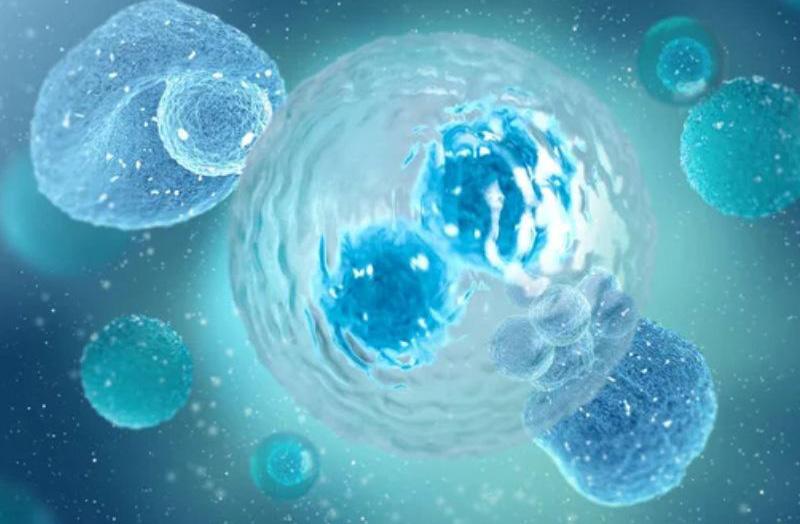
▶ Credit: Depositphotos
Now, scientists have discovered remnants of 13 different viruses in the brain’s protective barrier. Among them, HCV showed a notably strong correlation with both schizophrenia and bipolar disorder when compared to individuals without these conditions.
Led by a research team from Johns Hopkins University, the study examined postmortem brain tissue from individuals diagnosed with schizophrenia, bipolar disorder, and major depression, as well as from unaffected control subjects.
The researchers focused their attention on the choroid plexus—a network of capillaries and connective tissue that regulates the production of cerebrospinal fluid (CSF). CSF cushions the brain and spinal cord,
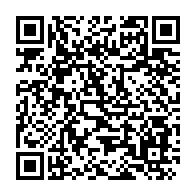
Because the choroid plexus is known to be susceptible to viral infections—and because earlier studies found few viral markers in brain tissue itself—the team believed this structure might offer more clues.
They obtained brain samples from the Stanley Medical Research Institute, which maintains a repository of tissues from individuals with psychiatric conditions.
To identify hidden viral material, the team used the Twist Comprehensive Viral Research Panel, a tool capable of detecting more than 3,000 viruses in human samples.
Their investigation uncovered several viral signatures in the choroid plexus, particularly in patients with schizophrenia or bipolar disorder.
Although a broader range of viruses appeared in these samples, HCV was the only virus that showed a statistically meaningful connection to mental illness. This led the team to highlight HCV in their effort to better understand potential links between viral infections and psychiatric disorders.
In the next stage of the study, the researchers analyzed TriNetX, a massive database containing electronic health records from 285 million individuals.
This broader data set revealed HCV in 3.5% of patients with schizophrenia and 3.9% of those with bipolar disorder.
Those numbers contrast sharply with the 1.8% of patients with major depression and only 0.5% of healthy controls who had HCV, indicating a significantly higher prevalence among those with schizophrenia or bipolar disorder.
Interestingly, while researchers also examined the hippocampus—a brain region essential for memory, emotion, and learning—they found no viral evidence there.
Still, even though the hippocampus appeared virus-free, patients who had HCV in their brain lining showed changes in gene expression within the hippocampus,
suggesting the virus may exert an indirect influence from the brain’s outer layer.
The researchers emphasize that more studies are necessary to understand how viruses like HCV might interact with the brain and influence psychiatric symptoms. They also caution that HCV is unlikely to be the sole cause of these conditions.
However, the findings could open the door to new treatment approaches, according to Sarven Sabunciyan, a neuroscientist at Johns Hopkins.
Our results indicate that, for some individuals, psychiatric symptoms might stem from an infection, says Sabunciyan. Since hepatitis C is treatable, antiviral therapy could potentially relieve symptoms in a subset of patients who otherwise would face long-term psychiatric care.
Artificial intelligence is quickly integrating into our daily routines. We often use it unknowingly—for tasks like writing emails, discovering TV shows, or controlling smart home devices.
AI is also being used more widely across professional settings— assisting with recruitment, aiding medical diagnoses, and tracking students’ academic progress.
a chat box. Its use raises well-known ethical concerns, such as bias and misinformation. To apply AI responsibly in their future careers, students need to understand these issues.
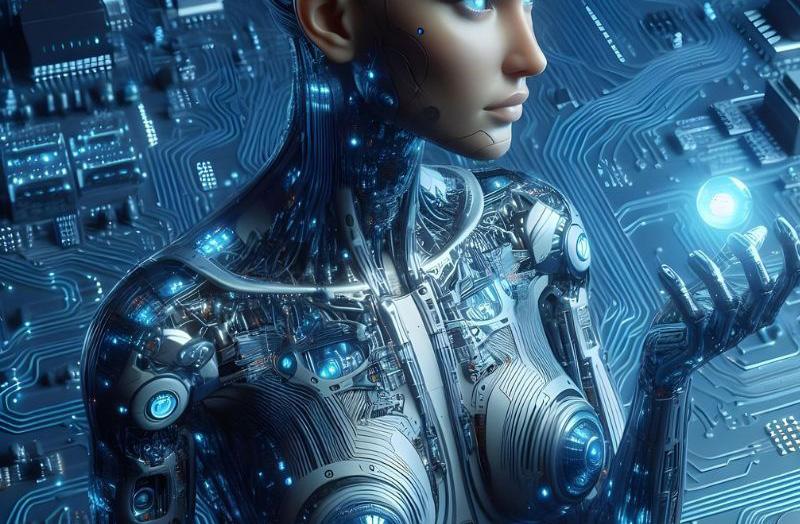
▶ Credit: Pixabay
However, aside from a few computing and STEM-related courses, most university students in Australia aren’t formally taught how to engage with AI in a critical, ethical, or responsible way.
This lack of education poses a problem—here’s why, and what we can do to address it.
An increasing number of Australian universities now permit students to use AI for certain assessments, as long as they properly acknowledge it.
However, this doesn’t teach students how these tools function or what it means to use them responsibly.
Interacting with AI involves more than just entering prompts into
All students should leave university with a foundational understanding of AI—its limitations, the importance of human judgment, and what responsible use looks like within their specific discipline.
They need to recognize potential bias in AI systems, including how their own assumptions might influence the way they use AI—such as the questions they pose or how they interpret responses. They should also grasp the broader ethical issues surrounding AI.
For instance, does the tool respect individuals’ privacy? Has it produced an error? And if so, who is accountable for that mistake?
Many STEM degrees cover the technical aspects of AI, and fields like philosophy and psychology may explore its ethical dimensions. However, these critical discussions are largely missing from mainstream university education.
This gap is concerning. As future professionals— whether lawyers drafting contracts with predictive AI or business graduates using it for recruitment or marketing—students will need strong ethical reasoning skills.
Ethical challenges in these contexts might include biased outcomes, such as AI favoring candidates based on gender or race, or a lack of transparency, like not understanding how an AI tool reached a legal decision. Students must be equipped to identify and question such risks before they lead to harm.
In healthcare, AI is already playing a role in diagnosis, patient triage, and treatment planning.
As AI becomes more deeply integrated into the workplace, the risks of using it uncritically also grow—from reinforcing bias to causing tangible harm.
For instance, a teacher who carelessly uses AI to create a lesson plan might unknowingly present a biased or inaccurate view of history. A lawyer overly dependent
on AI could file a flawed legal document, jeopardizing their client’s case.
International Models for AI Ethics Education
There are international models we can look to. The University of Texas at Austin and the University of Edinburgh both offer AI and ethics programs. However, these are currently aimed at postgraduate students. Texas focuses on teaching ethics to STEM students, while Edinburgh takes a broader, interdisciplinary approach.
Introducing AI ethics into Australian universities will require careful curriculum redesign. This means creating interdisciplinary teaching teams that bring together expertise from technology, law, ethics, and the social sciences. It also involves integrating this content meaningfully—through core subjects, graduate attributes, or even mandatory training.
Such reform will also need investment in professional development for academic staff and the creation of teaching resources that make ethical concepts clear and relevant across different fields of study.
Government backing is crucial. Targeted funding, strong national policy, and shared educational materials could help drive this change. Policymakers might even consider positioning universities as “ethiPage. 8
cal AI hubs,” which aligns with the 2024 Australian University Accord’s recommendation to build capacity for the digital age.
Today’s students are tomorrow’s leaders. If they lack a clear understanding of AI’s risks— such as bias, error, or threats to privacy—the consequences will affect us all. Universities have a public duty to ensure graduates not only know how to use AI but understand the ethical weight of their decisions.
hinder their searches.
How to Access the AI Image Filter on DuckDuckGo
To use the new setting, users simply perform a search on DuckDuckGo and navigate to the Images tab. There, a new drop-down menu labeled “AI images” appears, allowing them to choose between showing or hiding AI-generated content.
Users can also enable the filter in their search settings by selecting the “Hide AI-Generated Images” option.
DuckDuckGo’s new feature arrives amid a surge of low-quality content often called AI slop created with generative AI tools

▶ Credit: Mateusz Slodkowski_SOPA Images_LightRocket _ Getty Images
DuckDuckGo, the privacy-centered browser, is introducing a new setting that allows users to remove AI-generated images from search results. According to the company, the feature was developed in response to user feedback indicating that AI images often
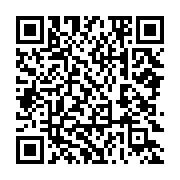

flooding the internet. How DuckDuckGo’s AI Image Filter Works
DuckDuckGo explained in a post on X that the filter uses manually curated open-source blocklists, such as the “nuclear” list from uBlockOrigin and the Huge AI Blocklist from uBlacklist. While it may not block every AI-generated image, it
significantly cuts down their presence in search results.
DuckDuckGo says it intends to introduce more filters down the line, though it hasn’t shared any details yet.
Notably, DuckDuckGo’s example for the new feature shows an image search for a baby peacock likely a nod to the controversy Google faced last year, when its image search returned more AI-generated pictures of baby peacocks than real ones.
Acquires Nao and Pepper from Al-
property tied to Aldebaran’s flagship robots, Nao and Pepper.
Established in Paris in 2005, Aldebaran specialized in designing, developing, and marketing humanoid robots for diverse industries, including education, research, healthcare, and retail.
Hu-
Aldebaran designed its bipedal Nao and wheeled Pepper robots to appear friendly and approachable, with compact sizes and smooth, curved white exteriors. Nao, the company’s first robot, eventually replaced Honda’s Asimo in the RoboCup soccer tournaments.
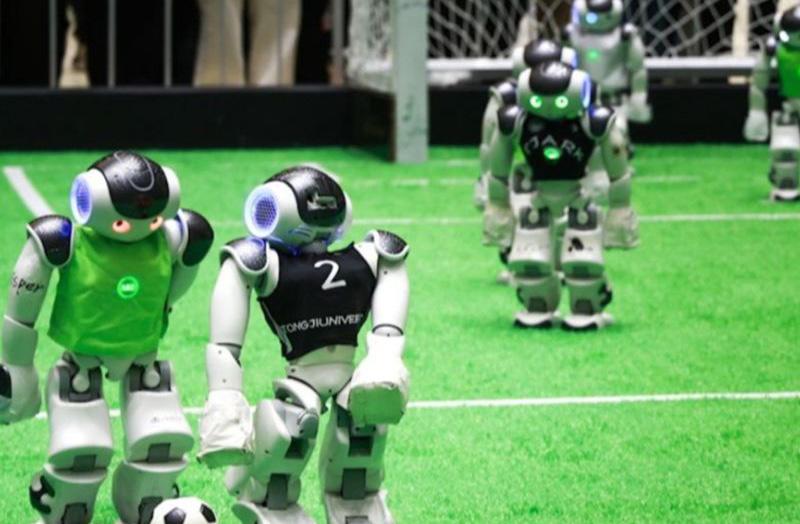
This week, Maxvision Technology Corp. acquired the main assets of Aldebaran, a French company known for developing humanoid and semi-humanoid robots, which reportedly filed for bankruptcy in mid-February. The acquisition covers essential technologies and intellectual
Pepper debuted in 2014, and the company reported selling around 20,000 Nao units and 17,000 Pepper robots across 70 countries. However, production of Pepper ceased around 2020 or 2021. In June, a judicial panel placed Aldebaran into receivership.
Maxvision stated that the acquisition will help adPage. 9
vance its strategic goals.
The Shenzhen-based company said the newly acquired assets and intellectual property will boost its AI robotics expertise, speed up development of its humanoid robot lineup, and aid its global expansion efforts.
Maxvision announced plans to integrate Aldebaran’s expertise in high-precision motion control and emotional interaction to strengthen its robotics R&D capabilities.
By acquiring Aldebaran’s assets, Maxvision will expand its portfolio to include humanoid robots, enabling deployments in promising sectors such as border security, education, culture, healthcare, eldercare, emergency services, and commercial applications.
The company also aims to leverage Aldebaran’s well-established brand and distribution network in Europe and North America to accelerate the global launch of its intelligent systems. Additionally, Maxvision said Aldebaran’s technology will support robot deployment in more complex environments.
To honor Aldebaran’s legacy and maintain continuity in its brand and technology development, Maxvision plans to set up a subsidiary in France, which will function as a local R&D and
customer service center.
The existing teams, product lines, and client support will stay intact, and Maxvision committed to investing in Aldebaran’s growth—especially in education and healthcare—while promoting local innovation.
At the same time, Maxvision emphasized that its expertise in intelligent manufacturing and supply chain integration in China will boost production efficiency and cost-effectiveness.
With its current footprint in airports, seaports, and transportation, the company aims to expand its intelligent robotic solutions into a wider range of global markets and industries.
This
using textual reasoning to interpret documents and provide logical responses. However, they often stumble on basic math problems.
This is because textual reasoning isn’t ideal for solving computational or algorithmic tasks. While some LLMs can generate code—such as Python for symbolic problems, they frequently struggle to determine when to use code or what kind would be most effective.
To help with this, MIT researchers developed CodeSteer, a “smart assistant” that helps LLMs decide when to switch between text and code generation to solve a given problem.
CodeSteer, a smaller LLM itself, creates a sequence of prompts to guide a larger model. It reviews the model’s current and past answers after each step and suggests
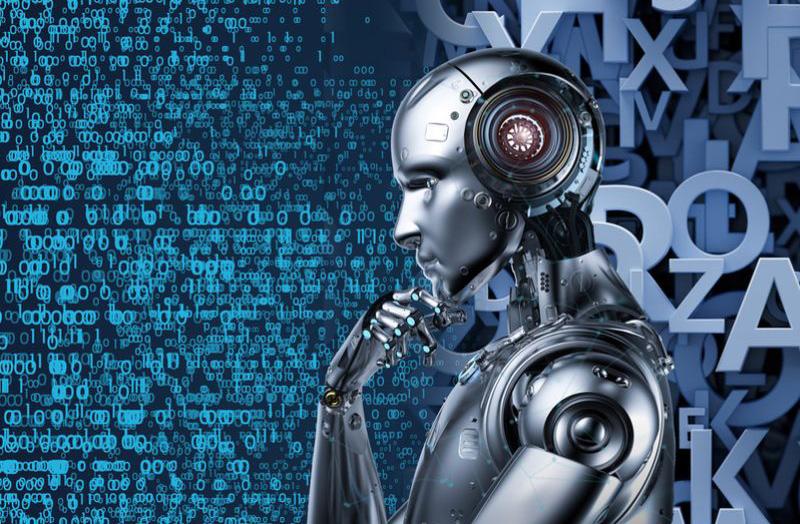
improvements until it reaches the correct solution.
improved accuracy on symbolic tasks like multiplication, Sudoku, and block stacking by over 30%. It also helped less capable models outperform more advanced ones by boosting their reasoning abilities.
This development could enhance LLMs’ ability to tackle complex problems that go beyond the limits of textual reasoning such as plotting navigation paths for robots in unpredictable settings or coordinating logistics in global supply chains.
“While there’s a race to build all-in-one models, we’re taking a different path,” says Chuchu Fan, associate professor of aeronautics and astronautics at MIT and lead investigator at the Laboratory for Information and Decision Systems (LIDS). “Researchers have long developed effective tools for solving specific problems. Our goal is to help LLMs identify and apply the right tools and draw on existing expertise to expand their capabilities.”
Large language models (LLMs) are skilled at
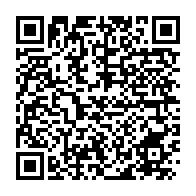
In testing, CodeSteer
Fan, the study’s senior author, collaborated on the research with LIDS graduate student Yongchao Chen; AeroAstro graduate student Yilun Hao; Yueying Liu from the University of Illinois at Urbana-Champaign; and Yang Zhang, a research scientist at the MIT-IBM Watson AI Lab. The findings will be presented at the International Conference on Machine Learning.
If you ask an LLM which number is larger 9.11 or 9.9 it often gets it wrong by relying on textual reasoning. But when prompted to use code, it can generate and run a simple Python script to compare the numbers correctly.
Developers originally train LLMs to understand and respond in human language, so the models tend to favor text-based answers even when a coding solution would be more accurate. Though fine-tuning has taught some LLMs to write code, they still frequently produce incorrect or inefficient versions.
Instead of retraining a large model like GPT-4 or Claude, MIT researchers chose to fine-tune a smaller, lightweight LLM to guide the larger one in deciding when to switch between text and code. This approach doesn’t modify the core of the bigger model, preserving its original capabilities.
“We took inspiration from how human coaching works,” says Chen. “A trainer may not be more skilled than the star athlete, but they can still provide valuable guidance. The same idea applies to LLMs.”
CodeSteer: A Smart Trainer for Guiding LLM Responses
This “trainer,” called CodeSteer, works alongside the main LLM. It re-
views the query, decides whether a text or code response is more appropriate, and selects the best type of code to use.
CodeSteer then creates a prompt for the larger LLM, instructing it to use either code or textual reasoning to respond to the query. The larger model generates an answer based on this prompt and returns it to CodeSteer for evaluation.
If the result is incorrect, CodeSteer continues guiding the model, suggesting alternative strategies like adding a search algorithm or constraints to the Python code until it arrives at the correct answer.
“Often, we found that the larger LLM tends to take shortcuts, producing overly simple or inefficient code that fails to handle the symbolic reasoning properly,” Chen explains. “CodeSteer is designed to counteract this behavior.”
To support this, a symbolic checker analyzes the code’s complexity and alerts CodeSteer if the solution is too basic or inefficient. Additionally, CodeSteer includes a self-answer checker that prompts the LLM to generate code that verifies the answer’s accuracy.
Solving Challenging Problems
While developing CodeSteer, the researchers found that existing symbolic datasets weren’t suitable for fine-tuning or evalua-
tion—most benchmarks didn’t specify whether a query should be solved using text or code.
To address this gap, they created their own dataset, SymBench, consisting of 37 complex symbolic tasks across domains like spatial reasoning, mathematics, ordering, and optimization. They then finetuned CodeSteer using this dataset to enhance its performance.
In testing, CodeSteer outperformed all nine baseline methods and raised average accuracy from 53.3% to 86.4%. It also showed strong generalization, performing well on unseen tasks and across various LLMs.
Additionally, general-purpose models paired with CodeSteer surpassed the accuracy of specialized state-ofthe-art models designed for advanced reasoning and planning—while using significantly less computational power.
“Our method builds on the LLM’s own strengths,” says Chen. “By teaching a model when and how to use code effectively, we can boost the performance of even already-powerful systems.”
Enhancing Efficiency and Unifying Reasoning with Code Generation
Looking ahead, the researchers aim to make CodeSteer more efficient by speeding up its iterative prompting process. They’re also ex-
ploring how to fine-tune a single, unified model capable of switching between textual reasoning and code generation eliminating the need for a separate assistant.
“This is a smart and elegant approach to a major challenge in LLM tool usage,” says Jinsung Yoon, a staff research scientist at Google Cloud AI who was not involved in the project. “It offers a simple yet effective way to boost LLM performance without retraining the models directly. This work marks a meaningful advancement that could broaden the real-world use of LLMs, especially on tasks where they currently fall short.”
Chi Wang, a senior staff scientist at Google DeepMind, also praised the work: “Training a smaller, specialized model to guide more advanced ones is a powerful idea. This kind of collaboration among AI ‘agents’ opens the door to stronger, more flexible systems for solving complex, real-world problems.”
The project received support from the U.S. Office of Naval Research and the MIT-IBM Watson AI Lab.
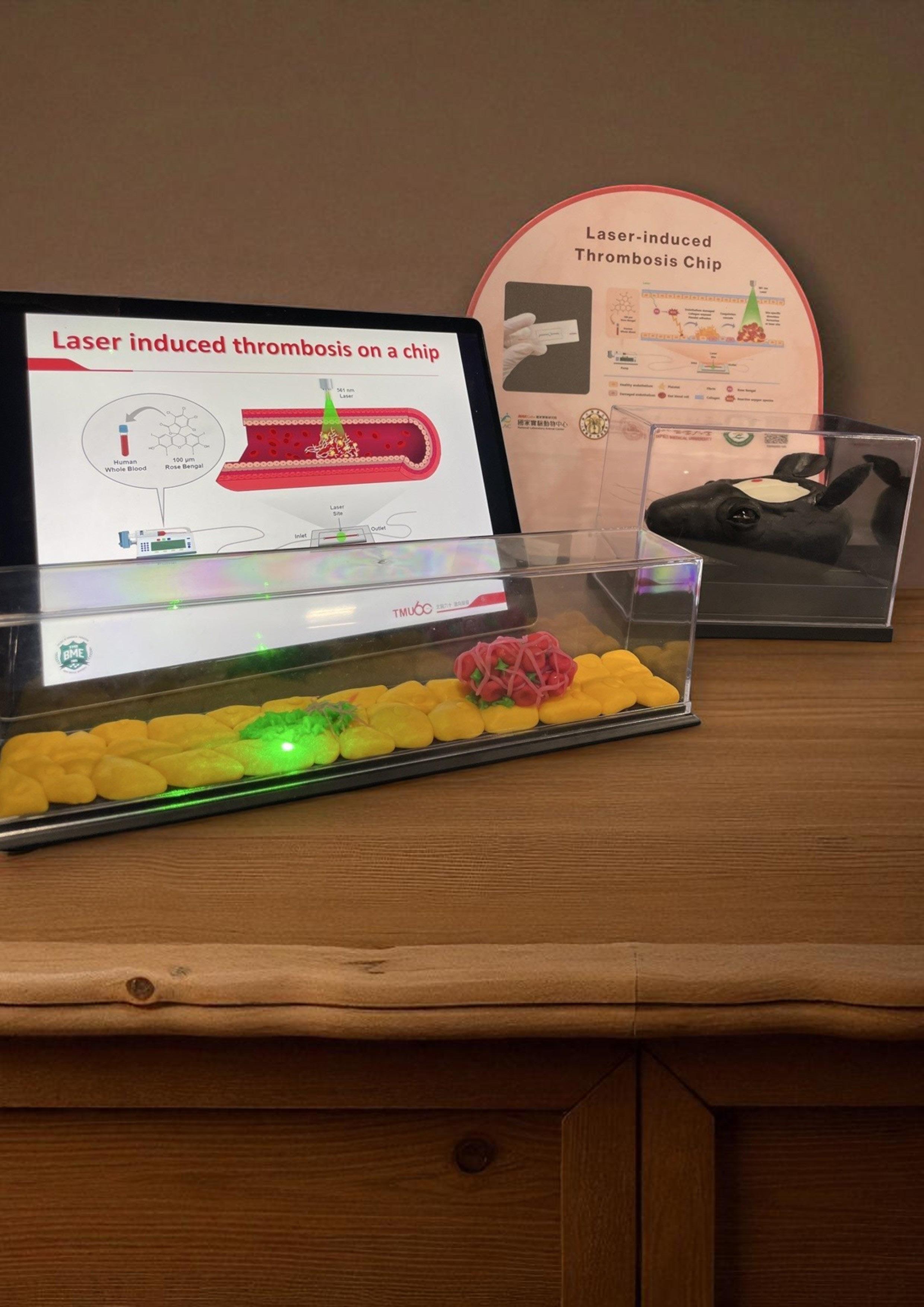
Taiwan’s National Laboratory Animal Center (NLAC) has developed an innovative “Laser-inducedThrombosis on a Chip System” to overcomethe limitations of traditional animal testing forthrombosis treatments. This award-winning technology utilizes human blood and vascular cells to accurately simulate clot formation, enabling more precise drug efficacy testing for conditions like stroke and heart attack.



Just 9% of plastic is recycled globally, but new technologies like solvent-based recycling and AI-driven sorting may change that. Solvent methods can handle complex waste, though emissions vary with technique. The review also highlights AI models like PlasticNet, which improve sorting and system efficiency.
Bio-based plastics offer promise but pose challenges in land use, water demand, and infrastructure needs. A full life cycle analysis is essential before adopting them as sustainable alternatives, says study lead Aurora del Carmen Munguía-López.

New research shows natural ecosystems receive much less nitrogen than expected, limiting their carbon-storing potential. This could weaken climate projections based on land’s CO₂ absorption. While farms boost nitrogen through legumes, excess leads to pollution and biodiversity loss. Smarter use and monitoring can help maintain balance for both food security and climate protection.
Climate change may not lead to human extinction, but it could collapse civilization by disrupting stable climate conditions essential to our survival. Experts agree that its ripple effects—on agriculture, politics, and global conflict—pose severe risks.
More than science, the crisis cuts to identity, justice, and governance. Without strong institutions and collective action, humanity faces not just environmental but existential breakdowns.

Minnesota professors recommend 15 books that explore the human and environmental dimensions of climate change, from Limitarianism to Saving Us. These works mix science, policy, justice, and hope to make complex issues accessible.

From capitalism’s ecological toll to poetry-infused climate futures, the collection aims to educate and inspire. Whether skeptical or solutions-focused, every reader can find insight through reading.



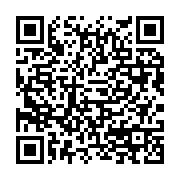

OpenAI’s new ChatGPT Agent executes complex tasks autonomously using a virtual computer. It can browse, code, summarize, and interface with apps while pausing for user approval when needed. Tasks like booking trips or drafting emails can be handled end to end.
Slower than ideal, the Agent emphasizes depth, safety, privacy, and progress tracking—marking a shift toward autonomous AI that currently sets OpenAI apart from Google and Anthropic.

Netflix
Netflix used AI to produce a complex collapse scene in The Eternaut, cutting production time by 90% and reducing costs. Co-CEO Ted Sarandos said AI helped real creators work faster using advanced tools, with results indistinguishable from traditional effects. Netflix has already used AI for intros and is expanding its use across the platform. While the specific software wasn’t disclosed, the quality signals a major leap forward. Expect AI to play a larger role in Netflix’s future productions.
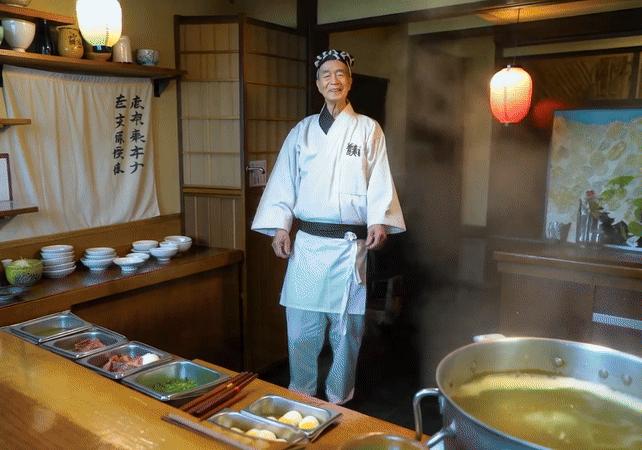
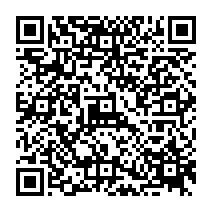
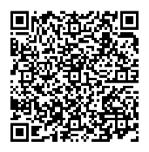
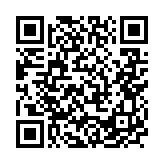

AI is deeply embedded in our lives, from voice assistants to genealogy. It indexed the 1950 U.S. Census rapidly using OCR, though human review was still needed for errors. AI-generated avatars even offer a form of “digital immortality,” using voice and image data to replicate individuals.
Despite these advances, concerns remain about privacy, especially as surveillance grows. While AI’s benefits are substantial, the technology demands thoughtful human oversight to balance innovation with ethical responsibility.
After his wife’s injury, the author turned to a robotic vacuum named Eufy to manage chores. Initially skeptical, he found her AI-driven quirks and reliability surprisingly comforting. Eufy maps their home, avoids carpets, and even “purrs” beneath his chair— traits that remind him of beloved past dogs.
Though not a living creature, Eufy earned her place as a companion, bringing both practical help and emotional ease. As she quietly recharges after her chores, the author imagines the world eventually falling in love with this new kind of best friend.


Demon Slayer: Infinity Castle Movies 2 and 3 Release Dates Confirmed
Demon Slayer: Infinity Castle Part 1 debuted in Japan on July 18, 2025, breaking box office records and arriving in North America on September 12. Parts 2 and 3 are scheduled for 2027 and 2029 respectively, wrapping up the trilogy.
Fans can read the full manga on Manga Plus or watch all four anime seasons on Crunchyroll while waiting. The global excitement confirms Demon Slayer remains a cultural force.
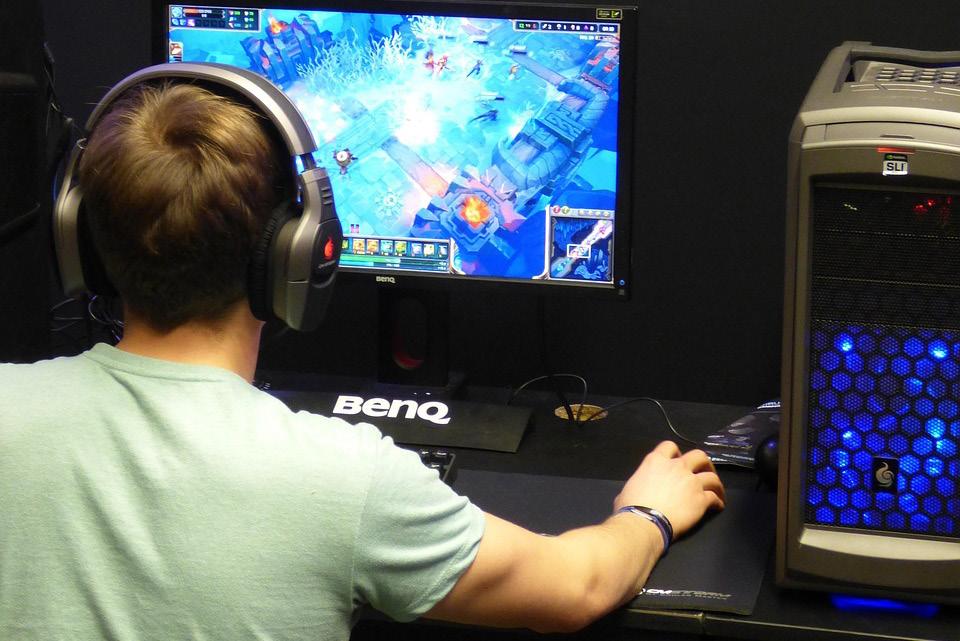
Best Games of 2025 So Far
2025 is packed with genre-defining hits. Monster Hunter Wilds, Assassin’s Creed: Shadows, and Split Fiction showcase the year’s creative highs, while Clair Obscur: Expedition 33 and Doom: The Dark Ages highlight strong narrative and action. Donkey Kong Bananza and Death Stranding 2 show innovation and emotional storytelling remain key.
From deck builders like Monster Train 2 to competitive titles like Rematch and Fatal Fury: City of the Wolves, this year’s lineup blends depth, style, and originality. With more releases to come, 2025 is shaping up to be a banner year for gaming.

Image Credits: Nintendo
Switch 2 Pro Controller: Great Fit or Overpriced Compromise?
The Switch 2 Pro controller is expensive, lacks Hall effect joysticks, and faces criticism for limited durability. Still, it offers comfort, decent performance, and a few first-party-only perks that third-party options can’t match. Alternatives like 8BitDo’s Ultimate 2 and Gulikit’s Elves 2 Pro perform well but suffer from pairing issues and missing features. If you want simplicity and full compatibility, Nintendo’s pricey option may be the best—though not the most satisfying—choice.
Tozo PE1: The Ideal Shower and Travel Speaker
Image Credits: Tom_s Guide

The Tozo PE1 Bluetooth speaker is compact, waterproof (IPX8), and equipped with a silicone-covered carabiner. Its clear, powerful audio and small size make it perfect for showers, travel, and outdoor use.
Despite its budget price, it performs impressively. It’s my favorite pick for daily routines or adventures, and it even sounds better when hanging than lying flat.

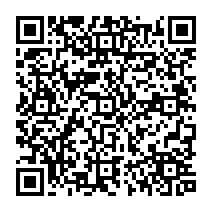
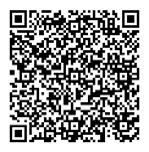


A shrimp’s heart isn’t where you’d expect—it’s located in its head!
Unlike mammals, shrimp have an open circulatory system, and their heart sits just behind the brain inside the cephalothorax (a fusion of head and thorax). It pumps hemolymph (not blood!) through the body, delivering nutrients and oxygen without the need for veins or arteries.
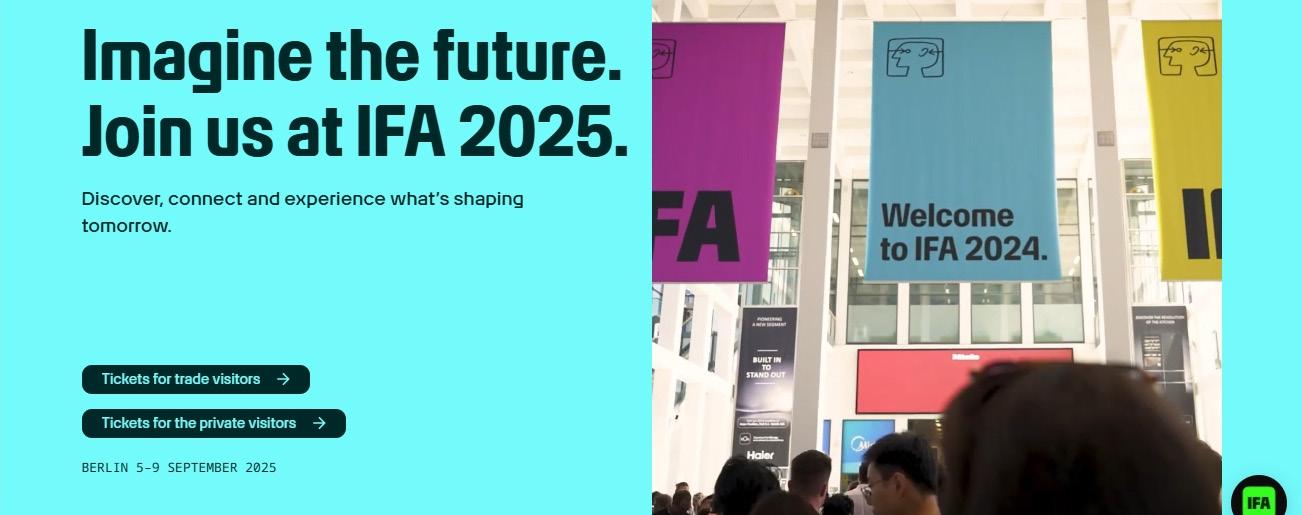


▶ Credit: NASA
NASA’s cutting-edge X-59 aircraft is making measured progress toward breaking the sound barrier, recently launching its taxiing trials at the U.S. Air Force’s Plant 42 facility in Palmdale, California. This stage represents the final chapter of Phase One development and paves the way for more dynamic ground tests ahead of its anticipated first flight.
On July 10, test pilot Nils Larson operated the aircraft during its initial taxi tests, marking a significant advancement. During this trial, the 100-foot-long (30-meter) demonstrator completed its first powered movements. While the slow-speed turns may seem uneventful, they are critical for verifying the performance and reliability of core systems
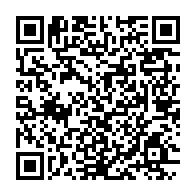
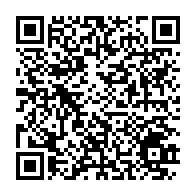
before moving on to full flight trials.
NASA has indicated that these ground tests will gradually increase in speed, culminating in high-speed runs that will stop just short of takeoff—expected later this year.
With a design that includes an extended nose taking up nearly one-third of its length and a cockpit that uses a screen instead of a traditional forward-facing window, the X-59 may appear unconventional—but it has an ambitious mission. Built by Lockheed Martin’s Skunk Works division under NASA’s Quiet SuperSonic Technology (Quesst) initiative, the aircraft aims to pave the way for the revival of commercial supersonic travel.
The X-59 integrates elements from several
legacy aircraft platforms, including the cockpit, canopy, and ejection seat from the Northrop T-38, landing gear from an F-16, life-support systems sourced from an F-15, and classified engine components from a U-2 reconnaissance jet. Yet it brings entirely new innovations to the table: its futuristic fuselage features a long, composite nose, forward canard wings, and top-mounted air inlets—components carefully engineered to diffuse the shock waves that cause sonic booms, softening them into a quiet “thump” no louder than a car door closing.
Perhaps most crucially, NASA plans to fly the X-59 through designated airspace over populated areas starting in 2026, in order to collect public feedback on the sound it produces. This data will help shape new FAA guidelines for civilian supersonic flights.
The initiative goes beyond modernizing existing regulations—it aims to reverse restrictive policies from the 1970s, which effectively banned supersonic airliners from flying over U.S. land. These decades-old rules were born from an unusual alliance: environmental groups opposed to supersonic noise teamed up with American aerospace firms bitter over losing the race to the Anglo-French Concorde.
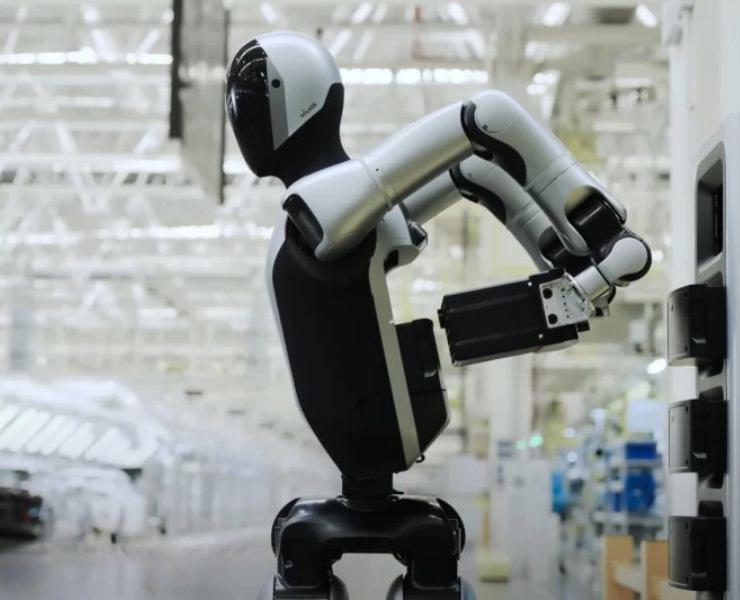
Credit: UBTech
Until now, robot workers had to stay plugged in or recharge periodically. UBTech has introduced the Walker S2 humanoid, which features dual batteries and can autonomously perform hot-swapping.
The basic concept of battery swapping in transportation is to quickly replace a drained battery with a fully charged one, avoiding long recharge times. UBTech is now applying this same level of convenience to its humanoid robots.
The forthcoming Walker S2 worker robot features two battery compartments located on its back. When a battery runs low, the humanoid moves to a swap station, rotates its torso, and uses built-in tools to replace it with a charged one.
In the video, Walker S2’s hands appear swapped out for the demo, but the final version will likely combine battery tools Page.
with functional manipulators for regular tasks. This setup clearly enables the potential for near-continuous 24/7 operation. Factory swap stations handle recharging, so S2’s only downtime is briefly swapping batteries before returning to work.
The swap stations can monitor the condition of each battery, allowing maintenance teams to replace any units showing signs of diminished capacity.
So far, Shenzhen-based UBTech hasn’t released detailed information about its new humanoid, leaving much to speculation. The S2 will likely use head-mounted cameras to spot charged batteries and autonomously swap them in dynamic industrial settings.
Design with Functional Features for the Factory Floor
The robot, about 170 cm tall, walks like a human and features a display under its sensor array to share status updates with coworkers. An emergency shutdown button is located on its back—just in case.
We’ll have to wait for the official product page to get more details on specifications, pricing, and availability.
A new global study revealed that a four-day workweek with full pay greatly boosted employee well-being—reducing burnout, enhancing mental health, and increasing job satisfaction—particularly among those who cut back their hours the most.
One silver lining of the COVID-19 restrictions was a renewed focus on work-life balance. In response, countries like Iceland, Spain, the UK, Japan, Belgium, and the UAE have since tested or implemented four-day workweek models.
A major international study led by Boston College explored the effects of switching to a fourday workweek without reducing pay—and the results likely won’t surprise many.
The study included 2,896 employees from 141 companies across six countries (the U.S., U.K., Canada, Ireland, Australia, and New Zealand), compared with 12 control companies that maintained a standard workweek. Over a six-month trial, participating companies restructured operations to cut unnecessary tasks like meetings, allowing staff to work roughly 80% of their original
hours while still earning full pay. Companies were free to choose how to implement the reduced hours, so not all workers followed a strict four-day schedule.
Researchers assessed employee well-being by measuring burnout, job satisfaction, mental and physical health, and factors like work demands, schedule flexibility, sleep quality, fatigue, and exercise. They found that average weekly hours for the four-day group dropped from about 39 to 34, while the control group stayed at 39–40 hours. Compared to the control group, those with reduced hours experienced lower burnout, better mental health, higher job satisfaction, and modest improvements in physical health.
Notably, the study showed that individual reductions in work hours had the strongest link to well-being gains, while company-wide changes were beneficial but didn’t show the same clear dose-response pattern.
Three key factors largely explained the benefits observed in the study: improved work ability (how competent employees felt in their roles), better sleep, and reduced fatigue. Additional contributors included modest gains in schedule flexibility,
physical activity, and workplace support. Interestingly, while individual workers felt reduced job demands, company-wide demands slightly increased, likely due to busier workdays compressed into fewer hours.
“Even after accounting for these factors, reduced work hours still strongly predicted better well-being, particularly lower burnout and greater job satisfaction,” the researchers noted. “Other factors may be at play, such as a boost in intrinsic motivation or the positive effects of organizational change, though these weren’t measured.”
Experts have praised the study for its robust methodology. Dr. Dougal Sutherland, a clinical psychologist and CEO of Umbrella Wellbeing in New Zealand, noted, “Past research has generally supported the four-day workweek, but often lacked proper controls or consistent data. This study raises the bar with its large sample and well-structured design, showing that employee well-being improved over six months alongside perceived increases in productivity, rest, and energy.”
He emphasized that the trial’s success likely hinged on preparation: participating companies were coached before-

hand to streamline operations and cut unnecessary tasks. Without this kind of structural support, simply reducing hours might not lead to the same results.
Still, the study has limitations. It wasn’t randomized—companies volunteered to join, which may introduce bias. Most were small businesses from wealthy, English-speaking nations, and all control firms were U.S.-based nonprofits or social service organizations. The reliance on self-reported data could also be influenced by participants’ expectations. And since the study lasted only six months, longer-term effects remain unknown. Despite these caveats, the research strongly suggests that a four-day workweek with full pay can meaningfully improve employee well-being—particularly mental health and job satisfaction—when paired with thoughtful organizational changes.


“Our goal is to provide personalized, safe, and comfortable treatment options to millions, while also contributing to environmental sustainability by reducing the hazardous waste generated by conventional injections”
Learn more


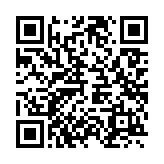

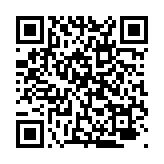

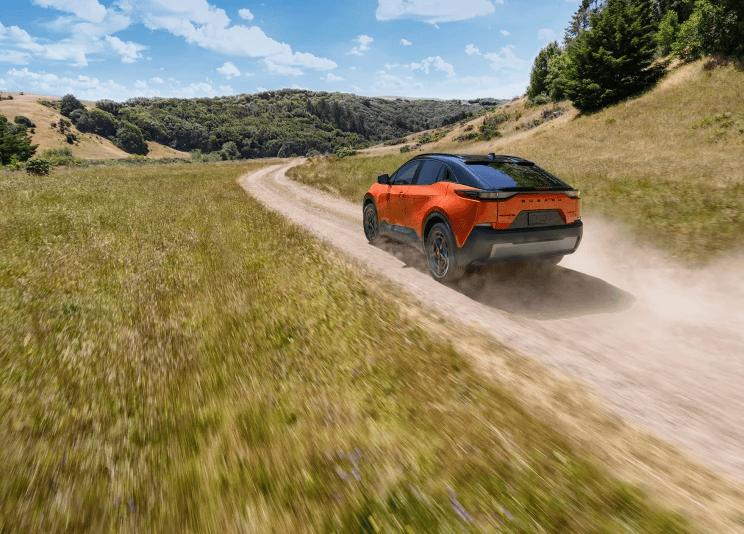
Amy Skorheim for Engadget
Samsung’s Galaxy Watch 8 debuts with a bold new design, Wear OS 6, and Gemini AI integration. Key highlights include a unique antioxidant sensor, improved battery life, and an AI-powered running coach. A redesigned case and upgraded comfort make it stand out, though raised glass may require extra care.
The $350 base model offers excellent Galaxy phone synergy, while the $500 Classic brings premium flair. Though Gemini still needs refinement, the Watch 8 shows real promise as Samsung’s most polished wearable yet.
Subaru’s 2026 Uncharted EV features a CH-R-based design, over 300 miles of range in the FWD model, and AWD options with up to 338 horsepower. It’s only the second Subaru without AWD, designed to sit below the Solterra in size and capability.
Packed with tech, including a 14-inch screen and fast charging via NACS, the Uncharted offers serious performance, especially in cold climates. Full specs and pricing are expected in early 2026.

Bo’s Turbo e-scooter, engineered by ex-F1 Williams engineers, boasts a 24,000W dual-motor and 1,800Wh battery. It delivers speeds over 100 mph, a 150-mile range, and better power-to-weight than the Bugatti Veyron, all cooled by F1-style air intakes.
Launching in the US by August 2025, the Bo M starts at $1,990, while the Turbo costs $29,500. The first unit heads to Madrid, signaling a bold fusion of racing innovation and personal mobility.
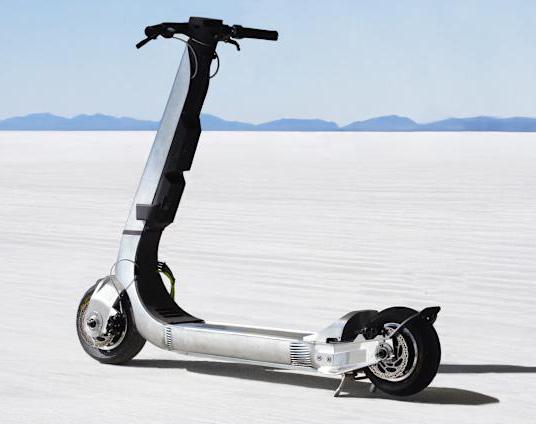
Honda Super EV Concept Debuts at Goodwood
Honda unveiled its Super EV Concept at the 2025 Goodwood Festival—a boxy hatch/SUV crossover resembling the N-One and likely a global successor to the Honda e. Dubbed the N-ONE e:, it may rival the Mini Cooper and Fiat 500e. Full specs are under wraps, with a debut set for September. A U.S. launch remains unclear amid Honda’s focus on its “0 Series” and Sony partnership.

Norman Wildberger and Dean Rubine solved a 200-year-old mathematical challenge by using Catalan numbers to find exact solutions for high-degree polynomial equations. Their method replaces radicals with a combinatorial framework, enabling solutions once deemed impossible. Their approach led to the discovery of the geode structure, offering applications in computing, biology, and game theory. This marks a foundational shift in algebra, reopening a chapter long believed closed.
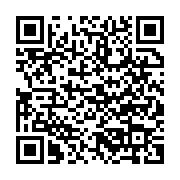
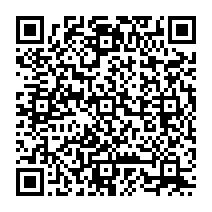

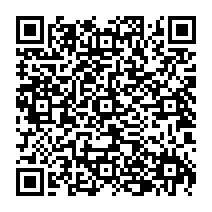

A conversation on a 2015 flight led Clemens Sämann and Michael Kunzinger to rethink general relativity. They created tools to estimate space-time curvature without requiring smoothness, enabling new proofs of Hawking’s and Penrose’s singularity theorems in jagged, more realistic models.
Using triangle comparisons and optimal transport, mathematicians now bypass calculus, extending Einstein’s theory into the quantum realm. This work opens pathways toward unifying gravity and quantum mechanics—and it’s only just beginning.
Scientists at the University of Osaka used differential geometry to model crystal defects, offering a unified theory of dislocations and disclinations. Their framework, based on Riemann–Cartan manifolds, rigorously explains stress fields and topological behavior that were once only empirically observed.
The research may lead to stronger materials by using defects advantageously. This breakthrough highlights how mathematical beauty can illuminate nature’s hidden structure.

Classroom Teaching May Be Driving Gender Gap in Math
A study of 2.5 million French students found that boys and girls start first grade with similar math skills, but a performance gap quickly emerges after four months—favoring boys—and quadruples by year’s end. The findings point to classroom instruction as a likely driver, especially since the gap shrank during pandemic school closures and widened again once schools reopened.
The disparity appears across all backgrounds, suggesting it’s tied to schooling rather than external factors. Experts call for classroom-based research to identify and implement solutions to reduce this gender gap early in children’s education.

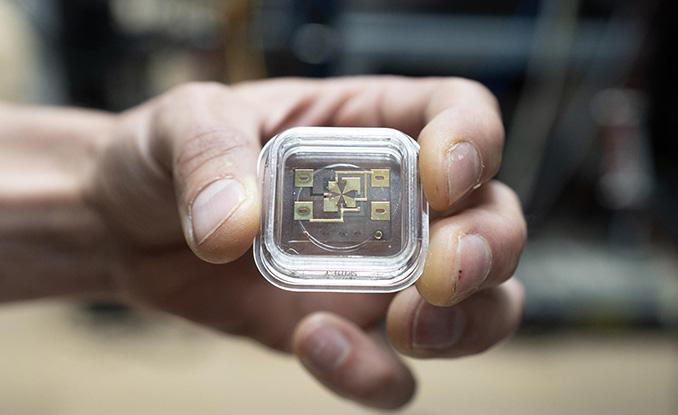
NIST’s atomic clock, based on a laser-controlled aluminum-magnesium ion pair, is 41% more accurate and 2.6 times more stable than previous models. Achieving precision down to 19 decimal places, it slashes measurement time from three weeks to just 36 hours.
The breakthrough supports fields like dark matter research and relativity testing, with potential for even greater accuracy through scaled ion systems and quantum entanglement.
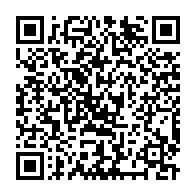
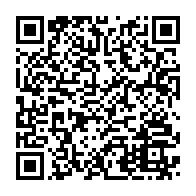
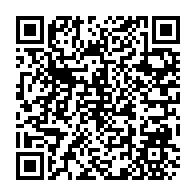
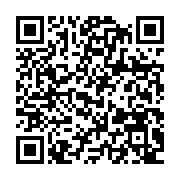
Scientists successfully teleported a quantum state through 30 kilometers of fiber-optic cable while it carried live internet traffic. The feat, led by Prem Kumar, shows quantum and classical data can share the same infrastructure.
By selecting the right wavelengths and minimizing scattering, the team preserved fragile quantum states across highspeed networks—advancing quantum internet without needing new cables.

Scientists have detected the optical Hall effect in ordinary metals using a blue laser and an upgraded Kerr effect technique. This breakthrough reveals faint magnetic signals in materials once considered non-magnetic, opening new possibilities in quantum electronics.

NASA’s ANITA detected bizarre radio signals from beneath Antarctic ice, defying expectations since such waves shouldn’t penetrate bedrock. Initially suspected to be neutrinos, the signals don’t match any known particle behavior. With no confirmation from other detectors, scientists are turning to the PUEO mission to uncover the source of these unexplained, possibly groundbreaking phenomena.
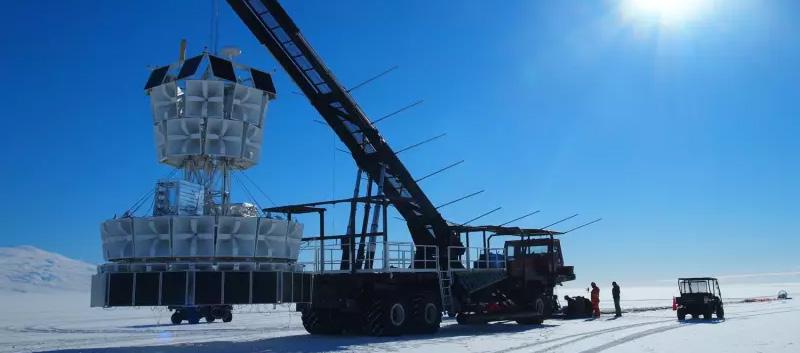
Three-Parent DNA Technique Helps Prevent Mitochondrial Diseases
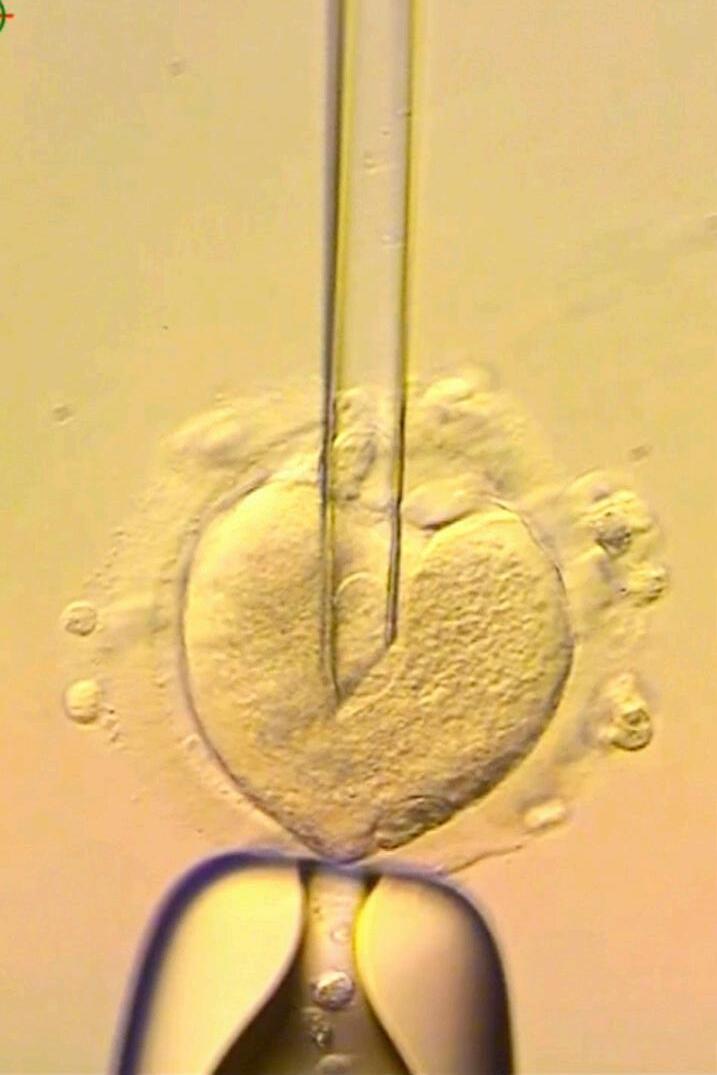
British researchers have helped eight babies be born free of mitochondrial diseases using a technique combining DNA from three people. By transferring a mother’s DNA into a donor egg with healthy mitochondria, scientists can avoid passing harmful mutations. Approved in the U.K. and Australia, the method is not permitted in the U.S. due to regulatory bans on heritable genetic changes.
Experts stress the donor’s DNA makes up less than 1% of the baby’s genome and does not affect traits. The results, published in The New England Journal of Medicine, offer new hope to families facing rare inherited conditions.


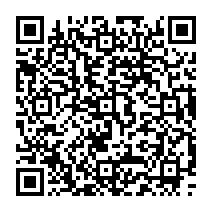


Image credits: Genome Biology (2025). DOI_ 10.1186_s13059-025-03668-6
LLPS Protein Dataset
UAB scientists created the most reliable dataset of LLPS-related proteins, improving predictions in bioinformatics and disease research. They categorized 2,876 proteins, defined standard nonLLPS groups, and validated their work with the largest tool comparison to date.
This open-access resource supports accurate AI model training and opens new avenues in studying neurodegeneration, cancer, and protein function within cells.

Biological Bias in Offspring Sex: Coin Toss or Genetic Influence?

New research suggests that some mothers may be genetically inclined to have children of a specific sex, particularly as they age and have more children. Variants in the NSUN6 and TSHZ1 genes correlate with having all daughters or all sons, respectively, though these genes aren’t directly tied to reproduction.
Despite cultural influences and small sample limitations, the findings align with past studies hinting at a genetic component in sex ratios. Broader biobank data may eventually confirm whether birth sex is more than just a coin toss.
UC San Diego scientists created synthetic membranes capable of a full metabolic cycle using only abiotic chemicals. The system assembles, breaks down, and rebuilds lipid membranes, mimicking natural cell metabolism and offering clues to life’s origin.
With minimal ingredients, the process shows dynamic behavior and selective lipid formation, laying the foundation for future applications like drug delivery and biosensors.

Smart surfaces will change the way we design, create and experience the future. Our patented technology enables integrating illumination and intelligence within ultra-thin, smart surface structures and turns them into interactive experiences.
Learn more
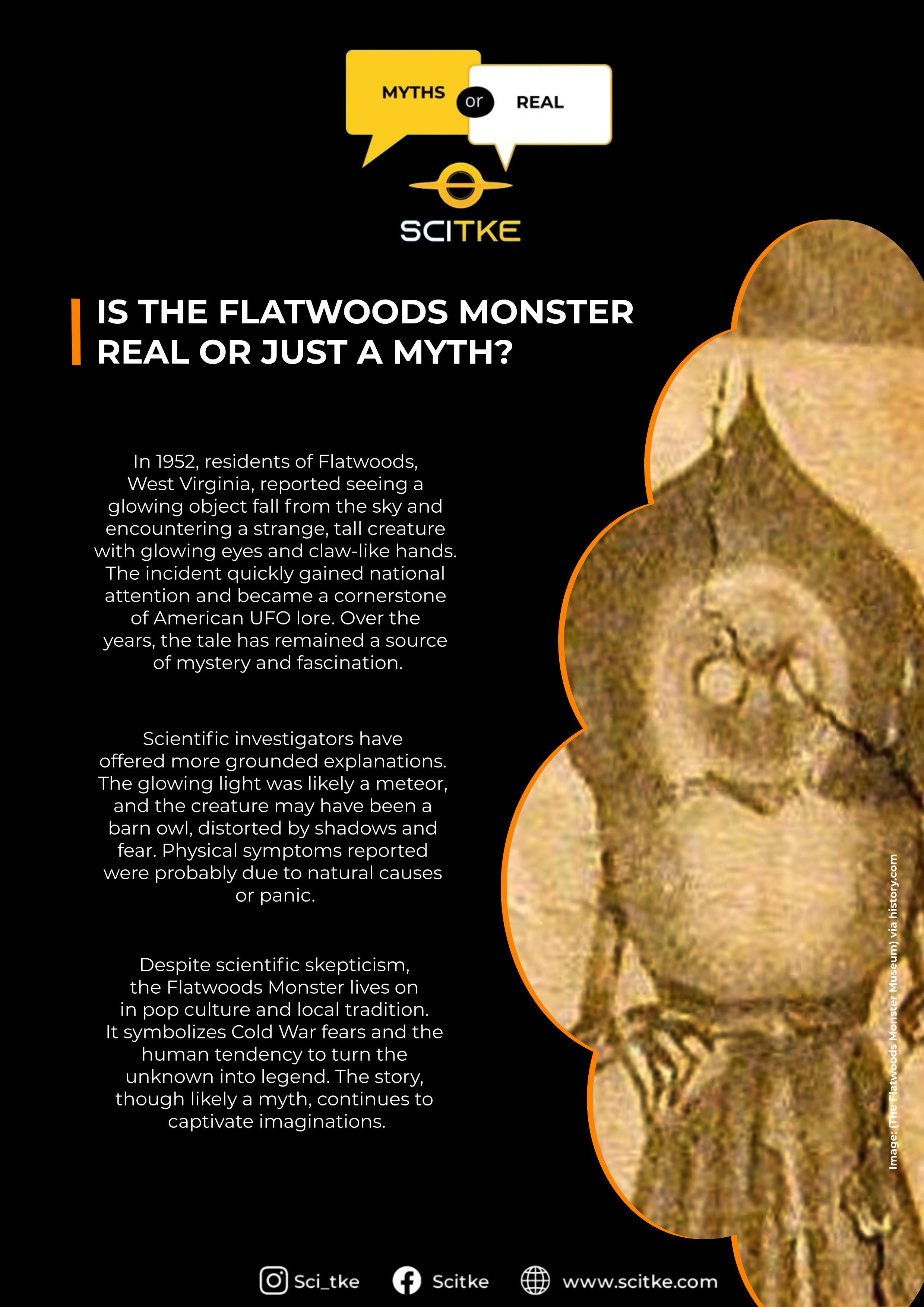
Walking 9,000 steps a day can lower the risk of 13 common cancers by 16%, with benefits starting at 7,000 steps. Speed doesn’t matter—light activity like gardening or housework works just as well. Most adults average only 4,000 steps daily, but small changes like short walks or standing breaks can bridge the gap. This simple routine helps regulate insulin, reduce inflammation, and support immune function, making it a powerful tool for cancer prevention.

Yoga, Tai Chi, walking, and jogging all help reduce insomnia severity and are easy, low-cost options. Tai Chi improves sleep structure, yoga extends sleep time, and aerobic exercise eases daytime fatigue. These activities may calm the brain, increase melatonin, and reduce anxiety—factors key to falling and staying asleep. Results may guide better, personalized treatments for insomnia and boost daily well-being.

Your Bowel Habits Reflect Whole-Body
Poop frequency reflects more than digestion—it’s linked to microbial balance, organ health, and even mental well-being. A large study showed that people with 1–2 daily bowel movements had better fiber-digesting microbes and fewer harmful blood compounds.
Too few or too many bathroom trips related to kidney or liver stress and altered microbial profiles. Even in healthy people, irregularity may signal early trouble, turning toilet habits into a vital health metric.

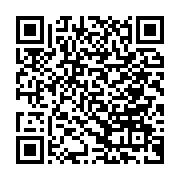
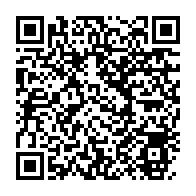

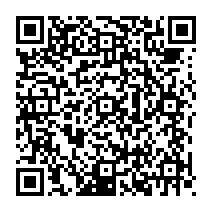
People often feel nostalgic for places near water, and new research reveals that such “blue” landscapes evoke stronger emotional responses than green or urban settings. A University of Cambridge study found that recalling rivers, lakes, or coastlines boosts self-esteem, authenticity, and a sense of meaning. These locations offer visually appealing complexity, fostering emotional closeness even from afar. The findings suggest that urban planners should prioritize access to blue and green spaces to enhance public mental health and support therapies like reminiscence care for loneliness or dementia.

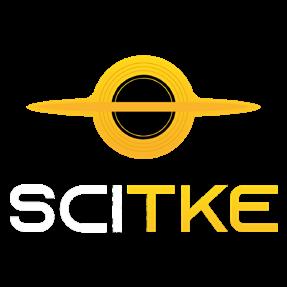



A University of South Australia study found that eggs, when consumed as part of a low saturated fat diet, do not raise LDL cholesterol. The real culprit behind heart risk is saturated fat from processed meats and full-fat dairy. Eggs, rich in nutrients but low in saturated fat, can support heart health. It’s not the eggs, but the high-fat sides like bacon and sausage, that deserve scrutiny.
The cortisol cocktail blends magnesium, citrus juice, and coconut water, but studies suggest its benefits are minimal. While magnesium may help lower cortisol, the amounts in the drink are small, and vitamin C or electrolytes offer limited effects at these doses.
Experts say it’s not harmful but isn’t a substitute for quality sleep, nutrition, and exercise. Any benefits may stem from a placebo effect rather than the drink itself. Sustainable stress relief usually involves broader lifestyle changes, not viral mocktails.
Hydrating fruits like watermelon, strawberries, and cantaloupe help regulate body temperature, improve brain function, and support energy and digestion. Watermelon, rich in lycopene, tops the list, while coconut water, oranges, and pineapple also provide fluid and nutrients.

Meat-Based Hummus: A Nutrient-Dense Alternative with SAS Preservation
This study introduced a meatbased hummus made with 50% minced lamb and 0.4% SAS, offering higher protein, fat, and heme iron than traditional hummus. It showed reduced microbial growth and scored better in taste and texture.

Despite slightly higher sodium and cholesterol, the meat-based version could benefit flexitarians, athletes, and others with higher nutrient needs. Its denser structure and improved sensory appeal suggest potential for broader food innovation.



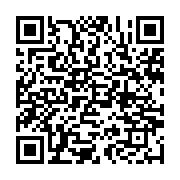

Poor squat technique, especially butt winking and unstable foot positioning, can limit gains and risk injury. Butt winking involves lumbar spine rounding at the bottom of a squat and is usually caused by limited mobility or poor stance. It’s fixable with mobility work and mindful positioning.
Foot placement matters too. Avoid pushing only through heels. Instead, use a tripod stance—weight evenly spread across heel, big toe, and little toe—for better balance. Supportive footwear helps stabilize your base, letting you squat more safely and effectively.
Stiff ankles can disrupt your workouts and cause pain. This five-move routine—ankle circles, banded mobilization, goblet squat stretch, banded flexion, and heeltoe walks—helps boost mobility, alignment, and balance. All you need is a yoga mat, resistance band, and optional weight. By increasing ankle range and joint mechanics, you’ll improve form, prevent injury, and move more efficiently during squats, runs, and daily activities.

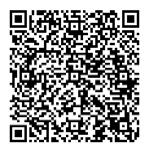
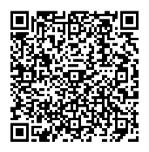

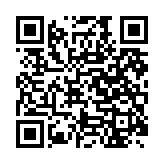

This four-week program uses kettlebells and battle ropes in four weekly sessions, each just 30 minutes. It’s a high-intensity, low-impact routine that enhances conditioning, builds strength, and protects your joints.
With progressive circuits, explosive trisets, and a mix of strength and cardio, this plan sculpts a lean, athletic body without boring routines.

The 4-2-1 Method: A Balanced Shift in Fitness Culture
The 4-2-1 method, with its simple structure—four strength days, two cardio days and one recovery day—signals a deeper cultural shift in fitness. It champions balance, sustainability and personal flexibility over intensity and rigid routines. Research shows moderate training boosts long-term commitment, especially when aligned with personal preferences. With a focus on strength, active recovery and self-tailoring, the 4-2-1 approach supports consistency, health and enjoyment.

Women tend to sleep about 20 minutes longer and spend more time in deep sleep, but still report poorer sleep quality and face higher insomnia rates. Hormonal changes, health issues like iron deficiency, and higher rates of anxiety all affect sleep patterns. Beyond biology, social expectations and caregiving burdens leave women with fewer chances to rest. So yes, women may need a bit more sleep—but more importantly, they need more support and opportunities to truly recharge.
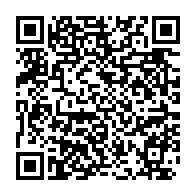
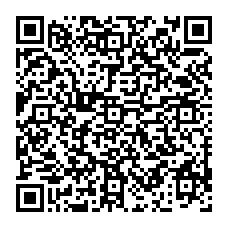

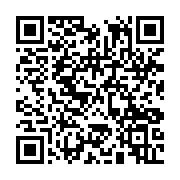
Breastfeeding doesn’t protect all women from breast cancer, and new research points to mitochondrial differences as the reason. In mice, specific mitochondria altered lactation’s impact on cancer risk.
A natural supplement reversed harmful responses, opening possibilities for personalized dietary strategies. Human milk studies are underway to guide future interventions.
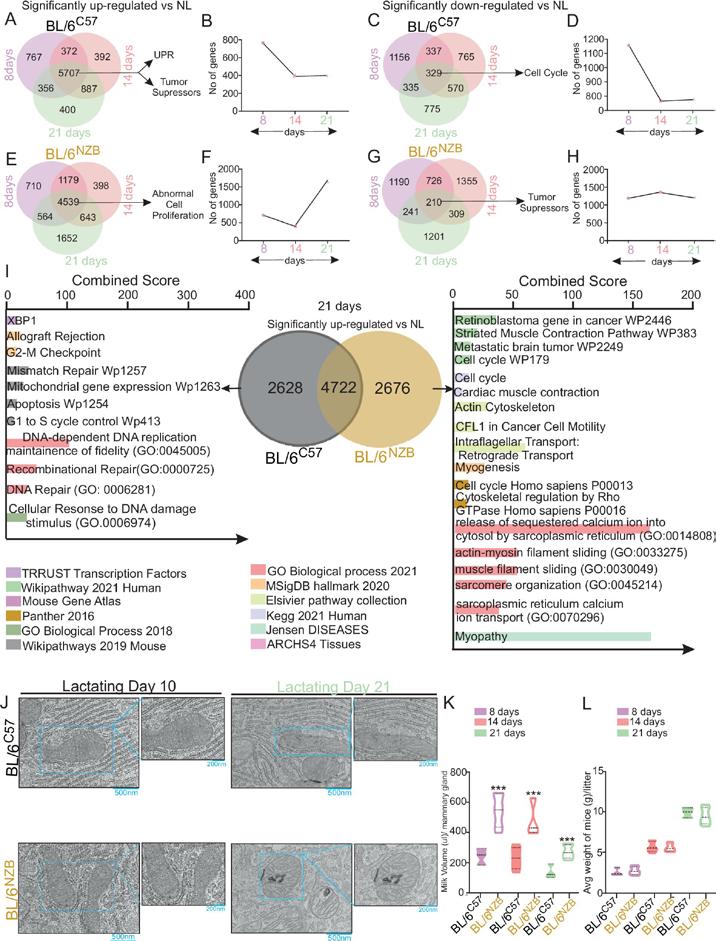
Image Credits: Nature Communications (2025). DOI_ 10.1038_s41467-025-61666-5

New pregnancy guidelines for diabetic women urge routine preconception discussions, early delivery before 39 weeks, and adjusted medication use. The Endocrine Society and European Society of Endocrinology advise updated care approaches using advanced insulin technology and family planning strategies.

Georgina Bailey, 31, lost 45 kilos naturally by changing how—not how much—she ate. Instead of crash diets, she focused on lean protein like chicken breast and prawns, simple balanced meals, and gradual fitness progress with her coach’s help. Within 18 months, she transformed from an unfit size 20 to a marathon runner.


Country: Spain

Urinary incontinence types include stress, urge, and mixed. Men often develop stress incontinence after prostate surgery due to sphincter weakness. Treatments range from physical therapy to surgery.
For mild to moderate cases, male urethral slings reposition the urethra and restore support. Severe cases may require artificial urinary sphincters, which replicate muscle function using a cuff, balloon, and pump system. Both methods are effective and tailored to symptom severity.

Life expectancy, based on age and comorbidities, significantly affects prostate cancer prognosis and treatment choices. Westerberg’s study used Swedish registry data and 30-year follow-up to show that men with low-risk cancer and short life expectancy had an 11% chance of dying from the disease, while high-risk, long-life-expectancy patients faced a 34% risk. These findings support more personalized treatment planning and provide realistic expectations for men with localized prostate cancer.
Men have shorter life expectancies partly because they often avoid doctors, unlike women who engage more consistently with healthcare. Many serious male health issues are asymptomatic, making them harder to detect early.

Men’s sexual decline may be more tied to subtle rises in blood sugar than age or testosterone. A long-term study found that even non-diabetic glucose levels reduced sperm movement and erection strength, with libido also affected.
Presented at ENDO 2025, this research highlights that men can preserve reproductive health by managing blood sugar through lifestyle changes and medical care. These findings suggest metabolic health is a critical, controllable factor in aging men’s sexual well-being.

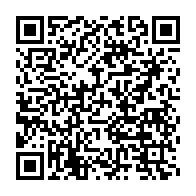
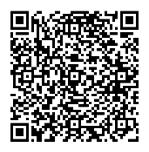
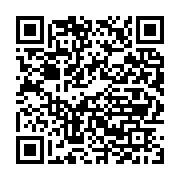
Erectile dysfunction, however, compels men to seek help—and often uncovers broader problems like heart disease, diabetes, or hormone imbalances. ED is not just a sexual health issue; it can be a crucial signal of systemic dysfunction. Treating ED can lead to broader medical evaluations, making it a key entry point for improving men’s overall health.


Psilocin, derived from psilocybin, extended the lifespan of human cells and improved survival and physical traits in aged mice by targeting biological aging markers like oxidative stress and telomere length.
Experts from Emory and Baylor suggest psilocybin could support healthier aging, not just longevity—prompting new questions about late-life therapies and systemic benefits beyond the brain.
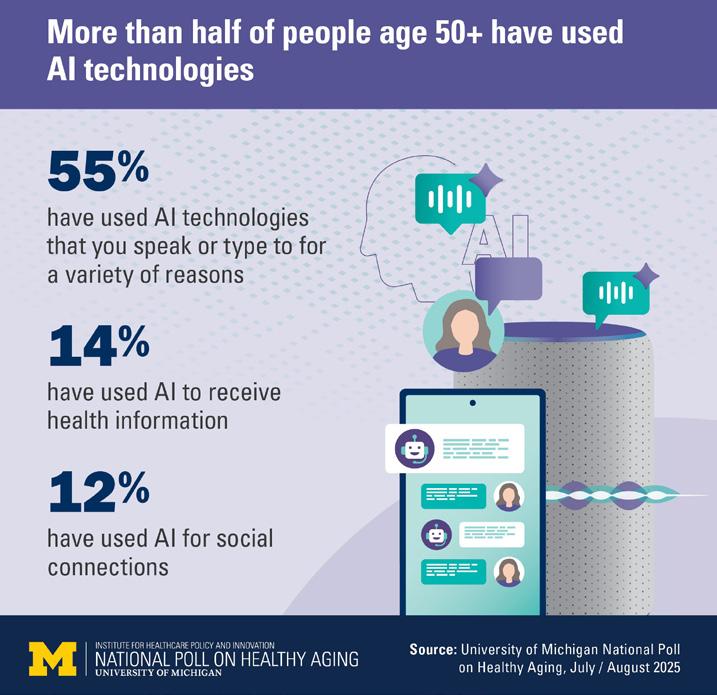
A new University of Michigan poll shows adults over 50 are cautiously engaging with AI. While 55% have used AI tools like Alexa or Siri, most want clear labeling of AI-generated content. Many find AI helpful at home, but only 14% use it for health information, with nearly half preferring human interaction.
Older adults are more curious about AI risks (81%) than its benefits. Only 4% fully trust AI-generated information, and many struggle to detect false content. Experts recommend better education and policy efforts to support safe, informed AI use among older populations.
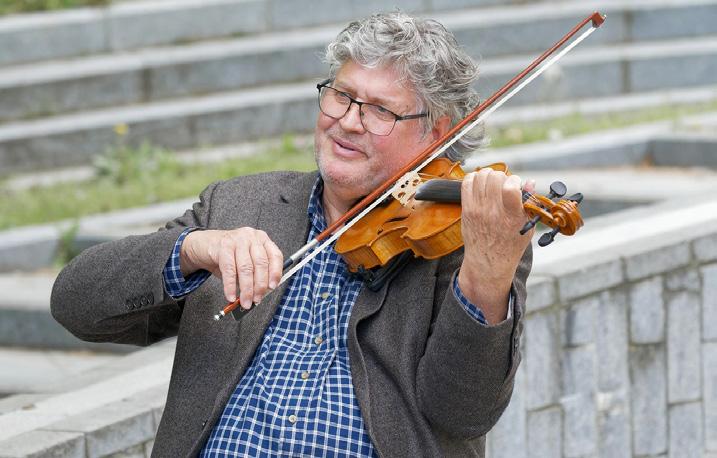
Musical training helps older adults preserve youthful brain function in noisy listening tasks, as shown by fMRI evidence. Older musicians displayed neural patterns similar to young non-musicians, supporting the idea that musical experience builds cognitive reserve.
This “Hold-Back Upregulation” effect suggests that cognitive reserves from lifelong learning activities like music may reduce age-related brain overcompensation, improving auditory performance and preserving communication abilities in aging populations.
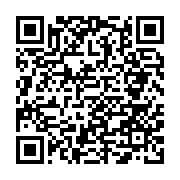

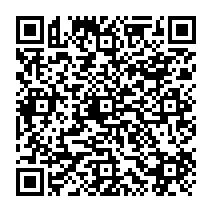


Even a small increase in walking pace—just 14 extra steps per minute—can significantly improve functional capacity in frail older adults, according to studies led by University of Chicago Medicine. Walking cadence is a practical measure of intensity, and smartphone tools like the Walk Test app offer a user-friendly way to track progress.
Guided walking programs and cadence tracking help older adults maintain independence and reduce health risks. For best results, increase your pace slightly beyond your usual rate and use a metronome app to stay consistent.
Image Credits: ���������� Julita���������� from

Lowering daily stress reactions may reshape long-term personality traits, as shown in a 20-year study of 2,022 Americans. Reduced emotional reactivity was linked to increases in extroversion, agreeableness, and openness— traits tied to greater well-being and cognitive resilience. Changes in stress habits predicted these personality shifts more than age or baseline temperament.
Stress reactivity alters brain wiring, but methods like mindfulness, cognitive therapy, and emotion labeling help reverse this. Managing stress consistently can improve not just mood or health, but also how we relate to others and approach life’s challenges— proving personality is more flexible than once believed.

Distance from Your Thoughts
Clinical psychologist Sam Akbar, Ph.D., offers tools in STRESSILIENT to loosen the grip of negative thinking. Techniques include adding phrases like “I’m having the thought that…” to judgments, thanking your mind, and even singing thoughts aloud to reframe their power.
Repeating harsh self-judgments or carrying them on paper helps you see them for what they are— just words. The goal isn’t to eliminate tough thoughts, but to live meaningfully with them, without letting them steer your life.

A meta-analysis in Psychopharmacology found that psilocybin acutely slows reaction time and slightly reduces accuracy in cognitive tasks, particularly those involving attention and motor control. Thirteen studies showed participants under its influence responded more slowly, with stronger effects at higher doses. Researchers argue conventional cognitive tests may not suit altered states. Tasks that felt irrelevant during intense experiences likely exaggerated impairments. Future studies aim to explore long-term cognitive impacts, using methods more aligned with the psychedelic experience, such as creative tasks or real-time tracking tools.
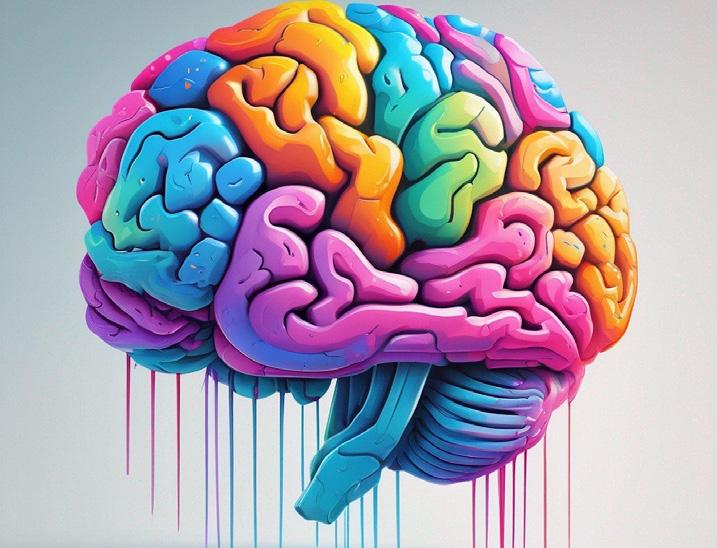
Some dodge spoilers to savor tension and emotional buildup; others seek them out to manage feelings and reduce anxiety. Studies suggest spoilers don’t ruin enjoyment—they just change how we process the story.
Whether protecting surprise or preparing for emotional impact, both groups are after the same thing: control over how and when we feel.
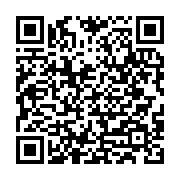
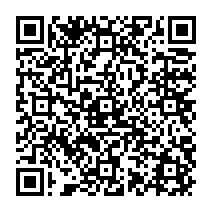



Despite its nickname, the “Black Box” in airplanes isn’t black—it’s bright orange to help crash investigators spot it more easily. Officially known as a flight recorder, it contains both a Flight Data Recorder (FDR) that logs altitude, speed, and engine performance, and a Cockpit Voice Recorder (CVR) that captures crew conversations and background

sounds. This device is engineered to withstand intense heat up to 1,100°C, crushing impacts of 3,400 Gs, and immersion in 20,000 feet of saltwater for up to 30 days. It was invented in the 1950s by Australian scientist Dr. David Warren, whose idea was initially dismissed but now remains essential for aviation safety worldwide.




July 17
Historical Events:
1850 – First Use of the Word “Electron” in Scientific Literature: William Draper introduced the term “electron” to describe a unit of electrical charge in his publication on electrochemistry. Although it took several decades for the term to be formalized and understood as a subatomic particle, Draper’s usage foreshadowed a revolution in understanding matter, electromagnetism, and quantum physics.
1997 – Pathfinder’s Sojourner Rover Completes Longest Drive on Mars (at the time): NASA’s Mars Pathfinder mission broke new ground in autonomous planetary roving. The Sojourner rover exceeded expectations by navigating the Martian surface for nearly three months, conducting chemical analyses and proving that mobile exploration of distant worlds was possible, which paved the way for Spirit, Opportunity, and Perseverance.
Scientist Anniversaries:
1899 – Birth of James Chadwick: British physicist who discovered the neutron in 1932, an achievement that completed the picture of atomic nuclei and made nuclear fission possible. His work underpinned nuclear reactor development and nuclear medicine, and he later played a pivotal role in early radiation shielding and neutron scattering research.
1920 – Birth of Gordon Gould: American physicist who coined the term LASER (Light Amplification by Stimulated Emission of Radiation) and pioneered early development in laser technology. Though embroiled in patent disputes for years, Gould’s contributions proved essential in developing lasers for surgery, communications, manufacturing, and information storage.
Scientific Discoveries:
2015 – Kepler Mission Confirms Earth-Like Exoplanet Kepler-452b: NASA’s Kepler spacecraft announced the discovery of Kepler-452b, a rocky planet in the habitable zone of a Sunlike star. Often dubbed “Earth’s cousin,” its discovery intensified interest in biosignature research and the habitability of exoplanets. The event was a milestone for astrobiology and encouraged deeper spectroscopic follow-ups.
2020 – Detection of Radio Emission from an Exoplanet’s Magnetosphere: Astronomers detected low-frequency radio waves likely coming from a magnetic field surrounding a gas giant orbiting Tau Boötis. If confirmed, it marked the first detection of a planet’s magnetosphere outside the Solar System, opening new avenues for exploring exoplanetary weather, habitability, and magnetic shielding mechanisms.
July 18
Historical Events:
1966 – Gemini 10 Mission Launch: Piloted by astronauts John Young and Michael Collins, Gemini 10 tested key technologies for rendezvous and docking, and performed dual spacewalks. The mission provided essential data on microgravity, spacecraft maneuverability, and extravehicular activity (EVA), setting the stage for Apollo missions and lunar landing objectives. Its scientific payloads included micrometeorite detectors and radiation sensors to better understand conditions in near-Earth space.
1980 – India Launches Its First Satellite (Rohini-1) into Orbit: The Indian Space Research Organisation (ISRO) successfully launched Rohini-1 aboard the SLV-3, making India the sixth country to send a satellite into orbit using its own launch vehicle. Rohini’s
successful operation marked the beginning of India’s growing contributions to Earth observation, meteorology, and spacebased communication systems.
Scientist Anniversaries:
1921 – Birth of Aaron Temkin Beck: An American psychiatrist and founder of cognitive behavioral therapy (CBT). His work profoundly impacted modern psychology, particularly clinical practices and neuroscience studies involving cognition, learning, and neuroplasticity. His models laid groundwork for neurocognitive behavioral therapies used to treat anxiety, depression, and PTSD.
1964 – Birth of Serhiy Korolov: Ukrainian roboticist and systems engineer specializing in autonomous exploration and modular robotic design. His work contributed to European Space Agency rover programs, particularly in terrain mapping, hazard avoidance, and robotic swarm behavior for surface missions.
Scientific Discoveries:
1994 – Discovery of a New Class of X-ray Binaries in Globular Clusters: Using data from the ROSAT telescope, astronomers identified unusually bright X-ray sources in ancient star clusters, suggesting the presence of previously unobserved binary systems involving neutron stars or black holes.
This expanded models of stellar evolution and compact object interactions in high-density environments.
2019 – Artificial Enzyme Created from Non-Biological Materials: Researchers synthesized an artificial enzyme made entirely from synthetic amino acid analogs. This marked a step toward the design of programmable biocatalysts for medical, industrial, and environmental applications, showing that enzymatic func-
tions can be engineered from scratch without relying on traditional protein scaffolds.
July 19
Historical Events:
2009 – Launch of NASA’s Lunar Reconnaissance Orbiter (LRO) Enters Full Mapping Phase: After completing its commissioning orbit, the LRO began systematically mapping the Moon’s surface. It provided high-resolution images and topographic data, identifying potential landing sites and analyzing lunar resources, including water ice.
2013 – First Detection of Cosmic Neutrinos by IceCube Observatory: The IceCube Neutrino Observatory in Antarctica reported the first confirmed detection of high-energy neutrinos originating outside the Solar System. Nicknamed “Bert” and “Ernie,” these events marked the beginning of neutrino astronomy.
Scientist Anniversaries:
1921 – Birth of Rosalyn Yalow: American medical physicist who developed the radioimmunoassay (RIA) technique, revolutionizing endocrinology by allowing the measurement of tiny hormone concentrations. She won the Nobel Prize in Physiology or Medicine in 1977.
1935 – Birth of James B. Gunn: Engineer and astrophysicist known for co-inventing the Gunn–Peterson test and contributing to the Sloan Digital Sky Survey. His work helped establish the structure and large-scale mapping of the universe.
Scientific Discoveries:
2012 – Discovery of Oldest Known Galaxy Cluster (SpARCS1049+56): Using data from Spitzer and Hubble, astronomers identified a mature galaxy cluster over 9 billion light-years away. This chal-
lenged theories of how quickly such structures could form after the Big Bang.
1998 – Identification of Mitochondrial DNA Repair Mechanisms: Researchers published evidence for base excision repair in human mitochondria, shedding light on how cells manage oxidative damage and maintain mitochondrial function over time.
July 20
Historical Events:
1969 – First Manned Moonwalk (Apollo 11): Neil Armstrong and Buzz Aldrin became the first humans to walk on the Moon. They conducted scientific experiments including seismic testing, soil analysis, and solar wind measurement, returning 21.5 kg of lunar material to Earth.
1976 – Viking 1 Successfully Lands on Mars: NASA’s Viking 1 became the first U.S. mission to land safely on Mars and transmit images from the surface. It performed soil experiments to search for signs of life and recorded meteorological data for over six years.
Scientist Anniversaries:
1804 – Birth of Sir Richard Owen: British anatomist and paleontologist who coined the term “Dinosauria” and founded the Natural History Museum in London. He made significant contributions to comparative anatomy and fossil interpretation.
1919 – Birth of Edmund P. Ney: American physicist and pioneer in infrared astronomy and space physics. He developed balloon-based infrared telescopes that advanced early understanding of the Milky Way and interstellar dust.
Scientific Discoveries:

1997 – Identification of Gene Associated with Narcolepsy in Dogs: A team discovered that a mutation in the hypocretin receptor gene caused narcolepsy in Doberman pinschers. This finding paved the way for deeper insights into human sleep disorders.
July 21
Historical Events:
1969 – Completion of Apollo 11’s First Lunar Surface Mission: After spending over 21 hours on the Moon, Neil Armstrong and Buzz Aldrin lifted off in the Lunar Module and docked with the Command Module. Their departure concluded the first successful manned lunar surface exploration.
1972 – First Full-Scale Automated Weather Satellite Data Transmission (NOAA-2): The NOAA-2 satellite began transmitting environmental data globally, significantly improving forecasting and climate observation capabilities using AVHRR and TIROS sensors.
Scientist Anniversaries:
1899 – Birth of Ernest Hemingway (influence on science communication): While not a scientist, Hemingway’s succinct prose style has influenced generations of science communicators aiming for clarity and impact in technical writing.
1947 – Birth of David Gross: American theoretical physicist and Nobel laureate for the discovery of asymptotic freedom in the strong nuclear force. His work led to the development of quantum chromodynamics, a key component of the Standard Model.
Scientific Discoveries:
1994 – Confirmation of Shoemak-
2015 – Kepler-452b Announced as Earth-like Exoplanet: NASA announced the discovery of Kepler-452b, a potentially habitable exoplanet in the habitable zone of a Sun-like star. It was the first near-Earth-sized planet confirmed to orbit a G-type star.

er-Levy 9’s Impact on Jupiter: The final fragments of comet Shoemaker-Levy 9 collided with Jupiter’s atmosphere, providing real-time data on impact dynamics and atmospheric chemistry. It was the first direct observation of an extraterrestrial collision in the Solar System.
2011 – Identification of Non-Coding RNAs in Embryonic Development: A landmark study revealed how certain long non-coding RNAs regulate gene expression during early mammalian development, reshaping our understanding of genome function beyond protein-coding genes.
July 22
Historical Events:
1962 – First Successful Mars Flyby Mission Launched (Mariner 1 Attempted): Although Mariner 1 failed during launch, it was part of NASA’s Mariner program, which eventually led to Mariner 4’s success in 1964. The incident helped redefine the importance of guidance system redundancy and telemetry software validation.
2000 – First Complete Chromosome Sequence Published (Human Chromosome 21): Researchers published the full sequence of human chromosome 21, the smallest human autosome. This milestone was crucial for understanding conditions like Down syndrome and refining human genome annotation.
Scientist Anniversaries:
1887 – Birth of Gustav Hertz: German physicist and Nobel laureate who, with James Franck, experimentally confirmed the existence of quantum energy levels in atoms, laying a foundation for quantum mechanics.
1920 – Birth of Marie Tharp: Pioneering American geologist and oceanographic cartographer who co-produced the first scientific
map of the Atlantic Ocean floor. Her work helped confirm the theory of plate tectonics.
Scientific Discoveries:
2013 – Discovery of Novel Antibiotic from Bacterial DNA Mining: Scientists identified a new class of antibiotics, “lugdunin,” by exploring genetic material from nasal bacteria. This discovery represented a new front in the fight against antibiotic resistance.
1991 – Introduction of the Perl 4 Programming Language: The release of Perl 4 marked a major step in scripting language development, influencing later programming paradigms in data manipulation, bioinformatics, and system administration.
July 23
Historical Events:
1995 – Launch of Compton Gamma Ray Observatory’s EGRET Results: NASA released a landmark catalog of gamma-ray sources observed by EGRET, identifying pulsars, quasars, and mysterious unidentified gamma sources. This deepened understanding of high-energy astrophysics.
2012 – Strongest Solar Storm in Over 150 Years Missed Earth: A powerful coronal mass ejection (CME) narrowly missed Earth. Had it hit, it could have caused major geomagnetic disruptions. The event emphasized the need for space weather monitoring and protective technologies.
Scientist Anniversaries:
1906 – Birth of Vladimir Prelog: Croatian-Swiss chemist and Nobel laureate who advanced the field of stereochemistry, particularly the understanding of chiral molecules, which has broad applications in pharmaceuticals and organic chemistry.
1928 – Birth of Vera Rubin: American astronomer who provided
critical evidence for the existence of dark matter through her study of galaxy rotation curves, challenging the Newtonian model and reshaping modern cosmology.
Scientific Discoveries:
2019 – Detection of Water Vapor on Exoplanet K2-18b: Astronomers detected water vapor in the atmosphere of K2-18b, a super-Earth in the habitable zone. This marked the first time a potentially habitable planet showed direct signs of water.
2003 – Development of Super-Resolution Microscopy Conceptualized: Scientists described the theoretical principles for breaking the diffraction limit in optical microscopy, laying the groundwork for techniques like STED and PALM that revolutionized cell biology imaging.
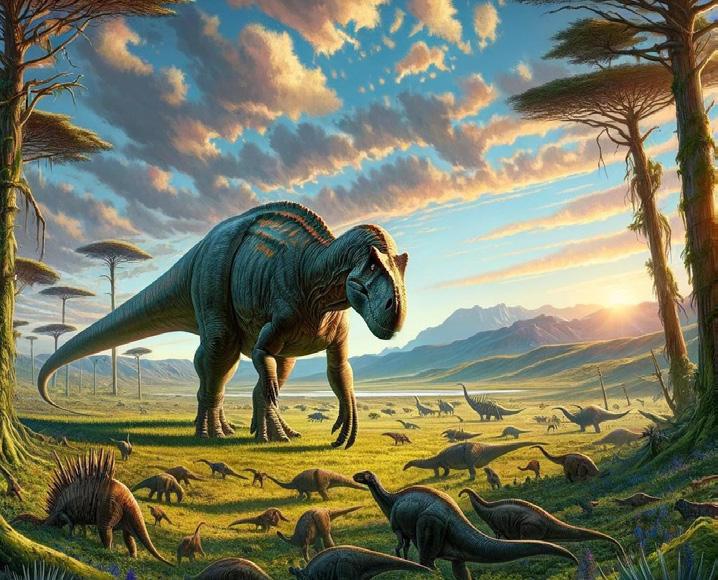
Fossil Alters Dinosaur Story
A 225-million-year-old leg bone found in Zambia and recently reanalyzed could rewrite our understanding of early dinosaur evolution. Researchers now believe ancient reptiles called silesaurs—once thought to be small and secondary—may have been much larger and more influential than previously assumed.
The fossil, long stored at the Natural History Museum in London, offers evidence that early dinosaurs may have started big, not small. With features linking silesaurs to known dinosaur groups and indications of multiple species in one region, the discovery challenges existing ideas about size trends and evolutionary relationships.
A 3,000-year-old eyeliner from Iron Age graves in Kani Koter, Iran, reveals a unique cosmetic recipe made from graphite and manganese oxide—predating modern formulas and diverging from traditional lead-based kohl. The mineral mix suggests a shimmering, metallic aesthetic favored by elites.
Led by Dr. Silvia Amicone, researchers used advanced microanalysis to confirm the absence of lead or organics, pointing to intentional innovation. The find redefines our view of Iron Age technology and self-expression, showing how frontier societies actively shaped cultural practices within the shadow of the Assyrian Empire.
Image Credits:
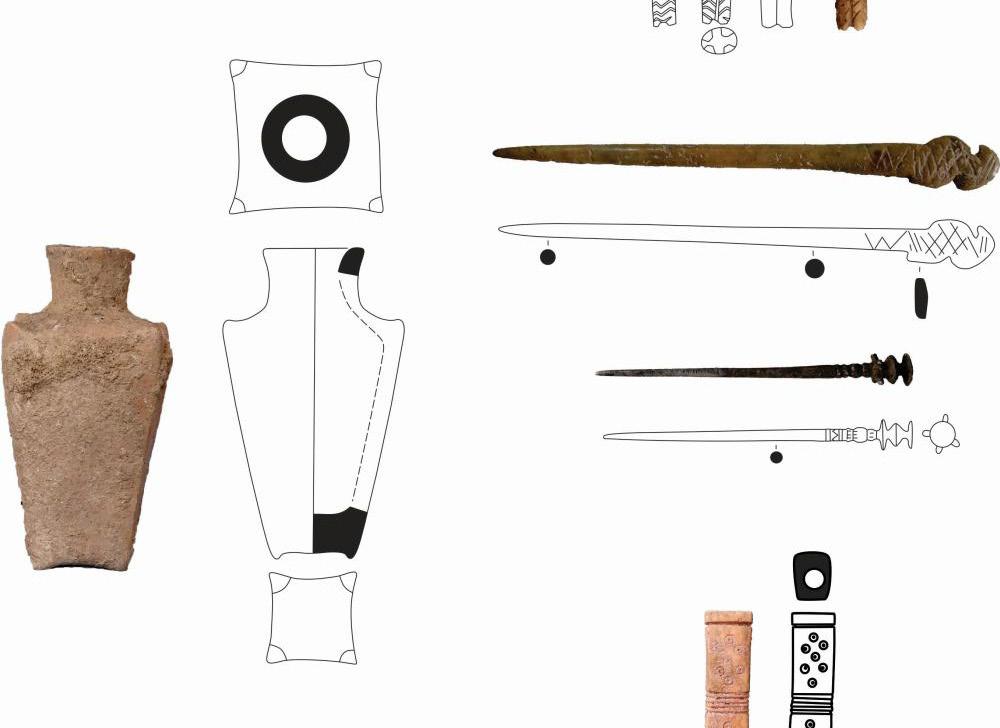
Archaeologists uncovered unusually large Roman shoes at Magna, far exceeding typical sizes seen at nearby Vindolanda. Some suggest taller residents, others suspect winter footwear or medical use.
Theories remain speculative, but the discovery showcases archaeology’s core—analyzing limited evidence with thoughtful interpretation.
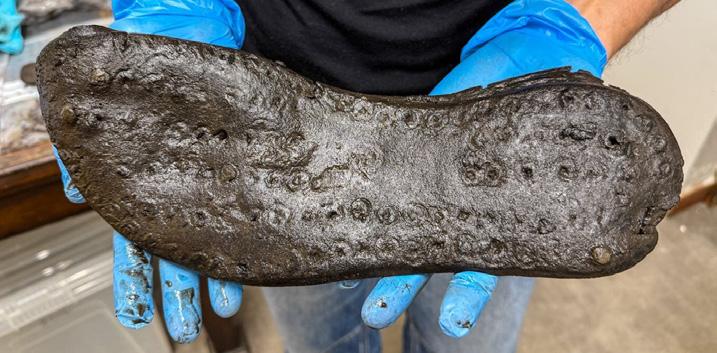
The Spoon of Diocles, described by Celsus, may have been a specialized surgical device for removing barbed arrowheads, yet no definitive specimen exists. A metal tool found in Rimini shares some traits but lacks key features, casting doubt on its identity.
Despite inconsistencies, scholars remain intrigued. Experimental archaeology may soon reveal whether this was a revolutionary invention or simply a misunderstood fragment of the past.
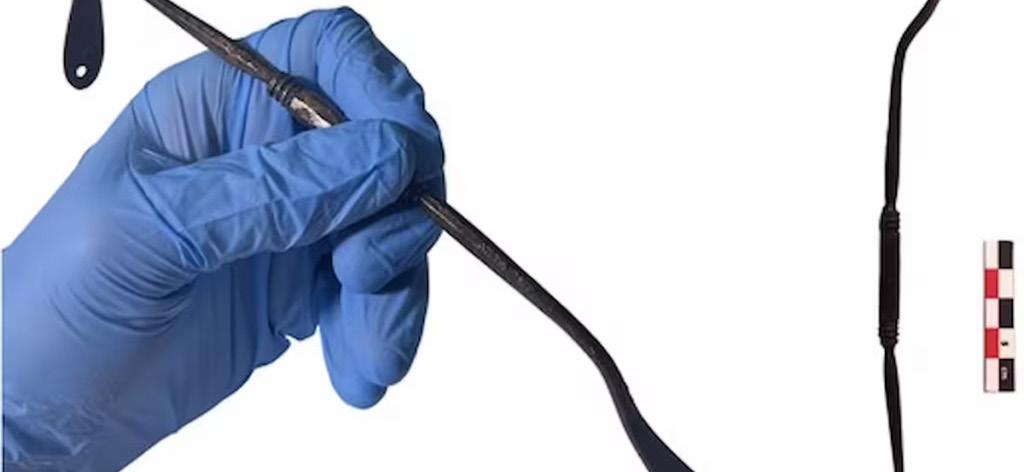
am

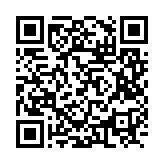
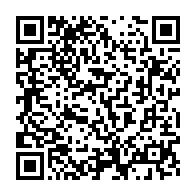
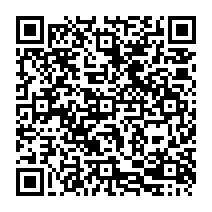
Image Credits: ALMA(ESO_NAOJ_ NRAO)_A. Ribas et al
A gas giant planet—3–10 times Jupiter’s size—was detected orbiting the young star MP Mus, hidden within its protoplanetary disc. This marks the first time data from both ALMA and Gaia were used to uncover such a concealed planet.
The star’s wobble, seen in Gaia data, and subtle disc structures revealed at longer wavelengths by ALMA, together pointed to the planet’s presence—offering new hope for uncovering more hidden worlds.
Image Credits: SpaceX _ Keystone
Rocket emissions threaten ozone recovery, with pollutants like chlorine and soot lingering in the upper atmosphere. As launches increase, ozone loss could delay healing efforts, even beyond 2066. Cleaner fuels and international regulation are crucial. Satellite re-entry emissions also demand more research. Coordinated action between science, policy, and industry is essential to protect our atmospheric shield.



Water scarcity limits lunar bases, but new tech heats lunar soil to extract water and convert CO₂ into oxygen and fuel. The device uses sunlight to vaporize water and drive chemical reactions, relying on ilmenite-rich soil to boost output.
This approach cuts costly Earth shipments and supports longterm missions despite lunar challenges.
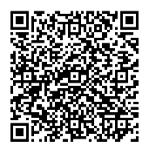
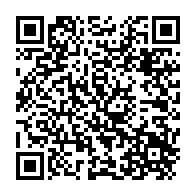



Astronomers discovered CHIME J1634+44, a rare spinning dead star emitting unusual, highly polarized radio bursts. Unlike typical pulsars, it spins faster over time and shows two repeating periods, suggesting a close binary system.
Its 100% circularly polarized signals and paired pulses challenge existing theories about neutron stars and white dwarfs, hinting at new physics and signaling more such objects may be found with continued observation.
Image Credits: NSF_AUI_NSF NRAO_P.Vosteen
The KLEIYN robodog’s flexible spine and unique leg mechanics allow it to climb chimney-like walls at 170 mm/s, outperforming similar robots by a wide margin. Using leg pressure instead of claws, it maintains grip on smooth vertical surfaces and adapts to tight, complex environments.
Trained through innovative reinforcement learning, KLEIYN excels in various terrains, including uneven surfaces and stairs. Its lightweight, compact design and advanced sensors make it ideal for industrial inspections and search and rescue missions.
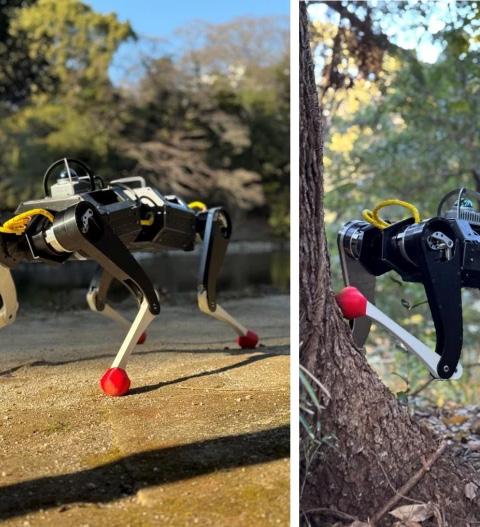
Image Credits: arXiv (2025). DOI_ 10.48550_arxiv.2506.19201
USC researchers created the MOTIF hand, a dexterous robotic platform integrating thermal, tactile, inertial, and visual sensors. Inspired by human perception, the hand enhances robotic manipulation by safely handling hot objects and distinguishing similar-looking items with different physical properties. It builds upon the LEAP hand and supports nuanced object interaction across varied environments.
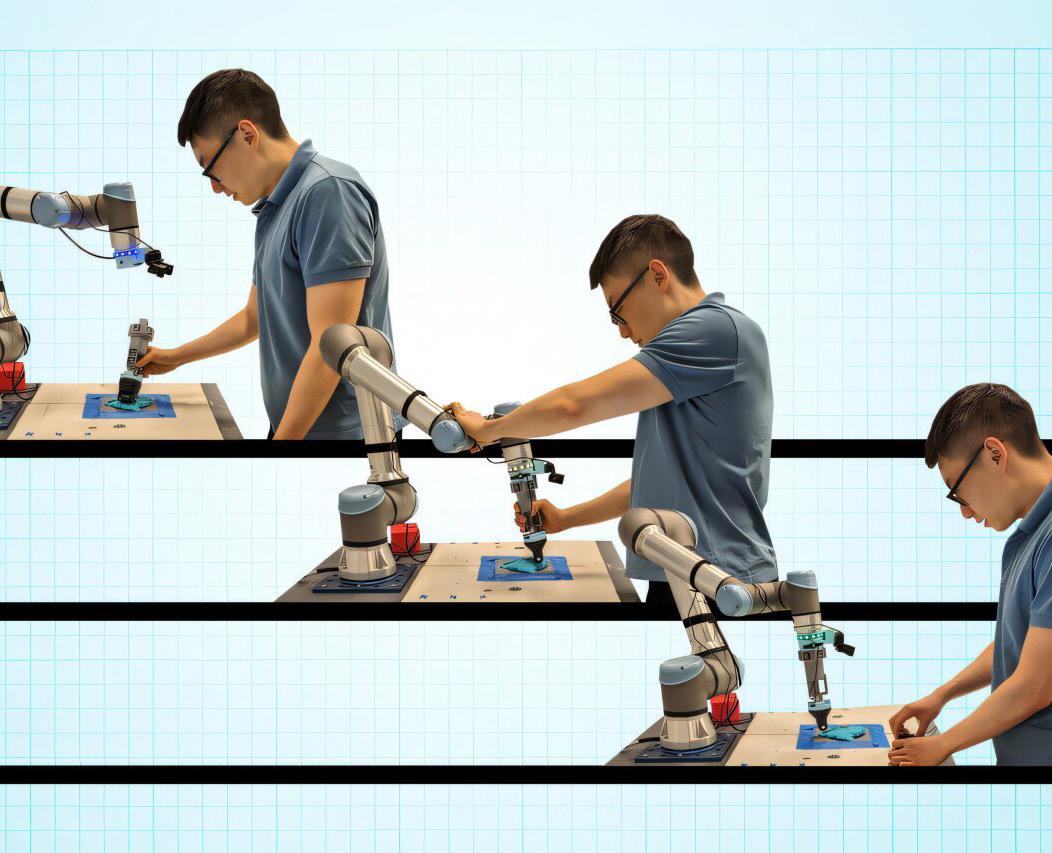
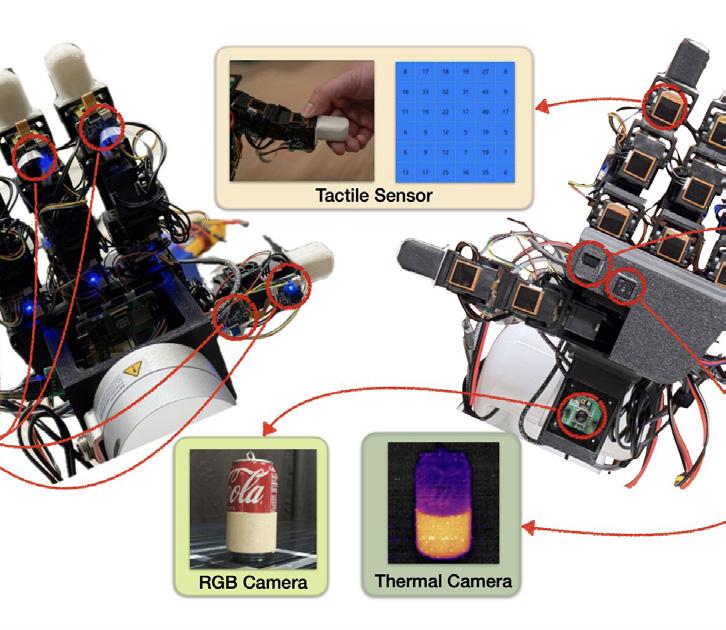
MIT engineers developed a versatile demonstration interface (VDI) that allows users to train robots using teleoperation, kinesthetic guidance, or natural demonstration. This handheld tool attaches to collaborative robotic arms and collects movement and force data, enabling robots to learn tasks from a range of human interactions. Tested in factory-like settings, the VDI showed strong user preference for natural teaching, though each method offers specific advantages. The research suggests robots could be more easily trained across industries—from hazardous environments to precision tasks— opening new possibilities for broader, more intuitive robot use.
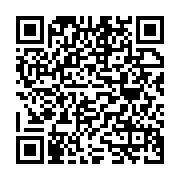

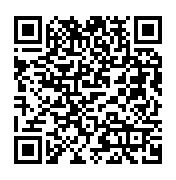

Nagoya University researchers developed J-Moshi, the first publicly available Japanese AI system capable of mimicking natural speech through overlapping dialogue and aizuchi interjections. Built on the English-based Moshi model by Kyutai and trained on the J-CHAT dataset, J-Moshi captures the rhythm of Japanese conversation and can speak and listen simultaneously—key to sounding natural in Japanese.
The system shows promise in language learning, healthcare, and public-facing service roles but faces challenges due to limited Japanese speech data and visual obstacles.

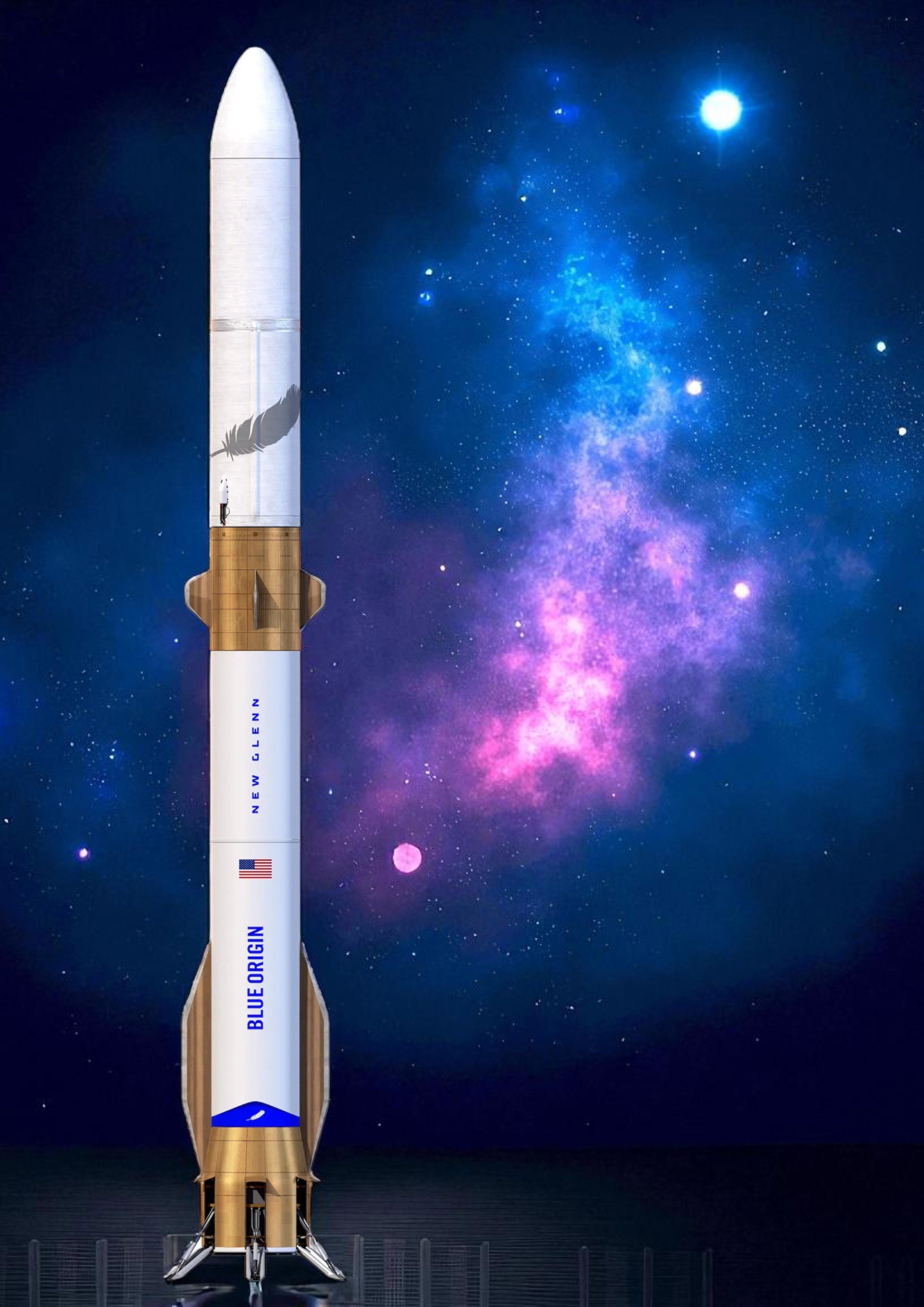
Twice the volume of traditional five-meter class fairings means room for bigger constellations and larger payloads.
Hydrogen-powered upper stage designed for demanding, highly energetic missions to low Earth orbit (LEO), medium Earth orbit (MEO), and geosynchronous orbit (GEO).
Built on New Shepard’s BE-3PM flight heritage, the BE-3U is optimized to operate in the vacuum of space. Its high thrust and high specific impulse enable New Glenn’s upper stage to accomplish a wide variety of missions.
Four actuated aerodynamic control surfaces for attitude adjustment during the first stage’s descent and landing.
Designed for reuse and minimal maintenance in between flights.
Wing-like to provide lift and cross-range for the reusable first stage during its descent back to Earth.
Aft module houses six hydraulically-actuated legs to support and secure the first stage during landing on a moving platform.


Composed of particles that are the opposites of normal matter, with opposite charges. When antimatter meets matter, they annihilate each other, releasing energy.
Rare diseases—those affecting fewer than 1 in 2,000 people—might be individually uncommon, but collectively they touch the lives of over 300 million people worldwide. In most cases, these mysterious conditions aren’t caused by bad luck, supernatural curses, or alien interference (as some imaginative minds might hope), but rather by tiny glitches in our DNA. That’s right—genetics is usually the culprit, whispering secrets coded into the double helix.
As scientific sleuths dig deeper into the genome, they’re uncovering not only the causes of these conditions but also paving paths toward treatment, prevention, and, in some cases, potential cures. What once seemed like unsolvable riddles are now beginning to yield answers thanks to advances in sequencing, bioinformatics, and good old-fashioned curiosity.
The official definition varies by region—Europe pegs it at 1 in 2,000 people, while the U.S. FDA defines a rare disease as one affecting fewer than 200,000 Americans at any time. There are over 7,000 rare diseases documented, and about 80% of them have genetic roots. Many of these are present from birth, and a significant portion are
life-threatening or severely disabling.
One of the challenges is that these diseases are... well, rare. That makes them hard to study, diagnose, and treat. For many patients, the diagnostic odyssey can last years, involving countless tests, misdiagnoses, and confused specialists. Enter genetics—the powerful magnifying glass helping us spot the root cause in the vast tangle of DNA.
The DNA in your cells is like a massive instruction manual—three billion letters long. But unlike your college term paper, a single typo can wreak absolute havoc. Mutations—changes in the DNA sequence—can alter how proteins are made or function. If a mutation occurs in a gene vital for producing enzymes, structural proteins, or signaling molecules, it can lead to disease.
Some of the common mutation types include:
• Missense mutations: A single base change alters one amino acid in a protein.
• Nonsense mutations: A base change creates a premature stop codon, truncating the protein.
• Frameshift mutations: Insertions or deletions shift the reading frame, throwing the entire
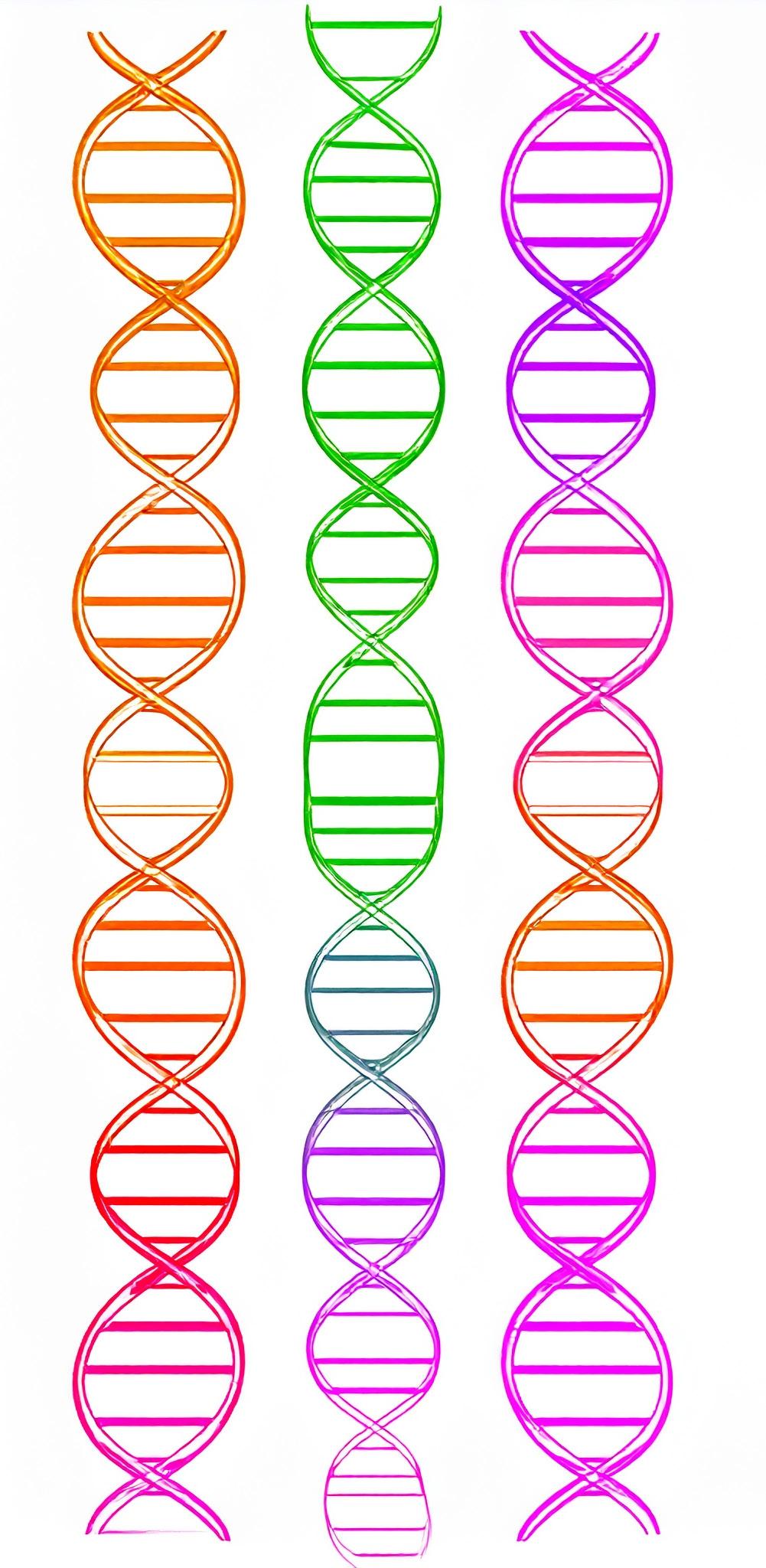
protein off course.
• Splice site mutations: These interfere with how mRNA is processed, leading to missing or malformed proteins.
Think of it like baking a cake—if your recipe says “bake at 350°F” but
a mutation changes it to “bake at 950°F,” well, you’re going to end up with charcoal. Many rare diseases result from just such catastrophic recipe changes.
Famous (and Infamous) Rare Genetic Diseases
Let’s meet a few of these
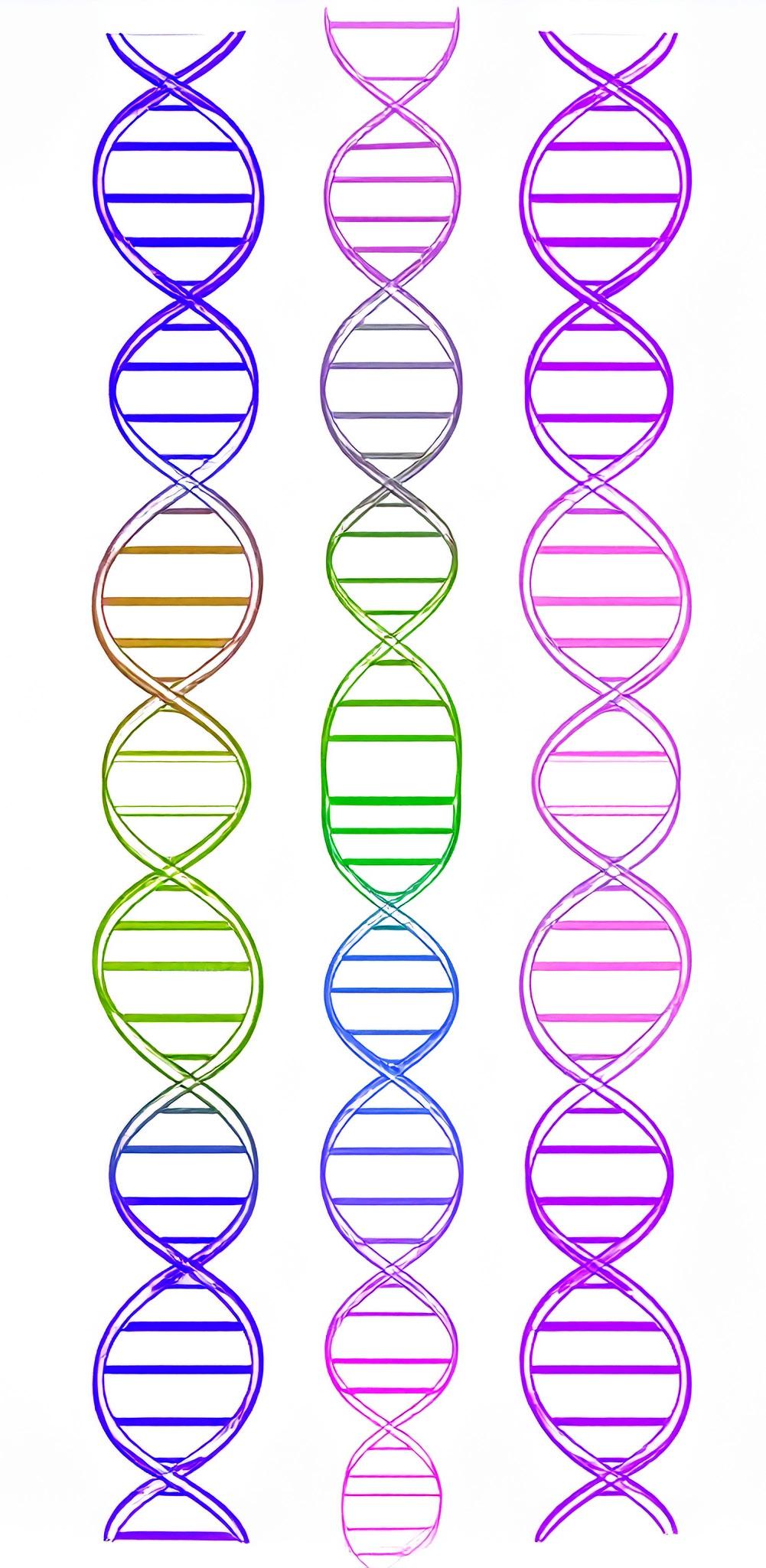
genetic rebels:
locks people inside a second skeleton.
• Cystic Fibrosis (CF): Once considered a rare disease, CF results from mutations in the CFTR gene. The thick mucus that builds up in lungs and other organs leads to severe respiratory and digestive issues.
Tay-Sachs Disease: This neurodegenerative disorder stems from a mutation in the HEXA gene, often leading to early childhood death. The brain becomes overwhelmed by waste materials it can’t clear.
Each of these diseases tells a different genetic story, showcasing how diverse (and sometimes oddly poetic) the consequences of mutations can be.
The Power of Genomic Sequencing
point mutations in previously elusive genes. For example, one child with an undiagnosed neurodevelopmental disorder was finally diagnosed with NGLY1 deficiency—a condition so rare that it wasn’t even recognized until recently.
Bioinformatics tools, meanwhile, are the decoder rings of modern medicine. They help sift through millions of genetic variants to identify which might be disease-causing. It’s like trying to find one misspelled word in the entire Harry Potter series— while someone keeps changing the fonts.
CRISPR and the Dawn of Gene Editing
If sequencing is the magnifying glass, CRISPR is the scalpel. This Nobel Prize-winning gene-editing tool allows scientists to cut and modify DNA with incredible precision. In theory, it could correct the faulty genes responsible for rare diseases. Several early-stage trials are already exploring its use for conditions like sickle cell anemia and Leber congenital amaurosis (a rare form of inherited blindness).
• Hutchinson-Gilford Progeria Syndrome (HGPS): Caused by a mutation in the LMNA gene, this disease makes children age rapidly, often leading to death by their teens. It’s as if someone hit the fast-forward button on aging.
• Fibrodysplasia Ossificans Progressiva (FOP): Here, soft tissues like muscles and tendons gradually turn to bone. Caused by a mutation in the ACVR1 gene, it effectively
Remember the Human Genome Project? That mammoth scientific moonshot completed in 2003 gave us a map of the entire human DNA sequence. Thanks to next-generation sequencing (NGS), we can now scan a patient’s entire genome in days rather than years—and at a fraction of the cost.
This has revolutionized rare disease diagnosis. Techniques like whole-exome sequencing (WES) and whole-genome sequencing (WGS) are helping doctors pin-
Of course, CRISPR isn’t without controversy. Off-target effects, ethical concerns, and the ghost of “designer babies” still haunt the field. But for patients with rare, life-threatening conditions, the potential benefits are profound.
Behind every rare disease is a person—and often, a family navigating a complex emotional landscape. Genetic counseling has become an essential part of the process. Counselors help families understand inheritance patterns, recurrence risks, and reproductive options.
It’s not always doom and gloom. Sometimes, a diagnosis brings closure or connects families to support networks and research trials. For parents, knowing the cause of their child’s condition can be a turning point— transforming confusion into action.
Zebrafish, Mice, and the Odd Cast of Model Organisms
To understand rare diseases, scientists often turn to animal models. Zebrafish, for example, share about 70% of their genes with humans and are transparent during development—handy for watching organs grow. Mice, meanwhile, are genetically similar and easy to manipulate.
Using these animal models, researchers can mimic human mutations and test potential therapies. CRISPR has even allowed scientists to create “disease-ina-dish” models using human cells turned into organoids—miniature lab-grown versions of human tissues. It’s like
having a tiny, ethically acceptable human test dummy.
Rare diseases often face a frustrating paradox: their rarity means fewer patients, which means less funding and slower progress. Pharmaceutical companies may shy away from developing drugs for tiny markets— though incentives like the U.S. Orphan Drug Act have helped change this.
Still, finding treatments is like playing molecular whack-a-mole. The diseases are often complex, and some involve multiple systems or poorly understood pathways. There’s also the challenge of getting new therapies through clinical trials, especially when patient populations are so small that statistically significant results are hard to achieve.
The Promise of Personalized Medicine
One-size-fits-all medicine is so last century. Today, advances in genomics are ushering in an era of personalized medicine, where treatments are tailored to an individual’s genetic makeup. For rare diseases, this is a game-changer.
Surprising Discoveries and Serendipity
In studying rare diseases, scientists often stumble upon discoveries with broader implications. Research into Niemann-Pick disease type C, a rare lipid storage disorder, has shed light on cholesterol metabolism relevant to heart disease. Studying the mechanics of progeria has helped researchers understand aging.
It’s like looking for your keys under a streetlamp and finding buried treasure. The rarity of these conditions doesn’t make them less valuable—in fact, they may be the hidden Rosetta Stones of biology.
Hope on the Horizon: Global Initiatives and Databases
International collaborations are key to solving rare disease mysteries. Projects like the Global Alliance for Genomics and Health (GA4GH) and the Undiagnosed Diseases Network (UDN) aim to pool data, resources, and patient stories across borders.
Take spinal muscular atrophy (SMA). Once a fatal disease, it now has multiple FDA-approved treatments, including gene therapy (Zolgensma) and antisense oligonucleotides (Spinraza). These breakthroughs came not from luck but from genetic understanding and targeted development.
Rare disease registries are also critical. They help researchers track patient data, identify patterns, and recruit participants for trials. Patient advocacy groups are often at the center of these efforts, pushing science forward one story at a time.
Ethical Considerations: Navigating the Grey Zones
With great genomic power comes great ethical responsibility. Questions around privacy, data ownership, consent, and the potential for discrimination are hot-button issues. Should you know if you carry a gene for a disease that might never develop? Should insurers?
Balancing curiosity with caution is part of the scientific journey. Fortunately, ethicists, patient advocates, and researchers are increasingly working hand-in-hand to chart these waters responsibly.
Conclusion: Genes, Hope, and Human Ingenuity
Rare diseases are no longer relegated to the shadows of medicine. Thanks to genomics, bioinformatics, and the dogged determination of scientists and families, we’re making real progress. The genome may be complex, but human curiosity and collaboration are proving to be powerful tools.
So next time you hear about a disease you’ve never encountered, don’t shrug it off. Somewhere, a researcher is unlocking its secrets—one base pair at a time. And maybe, just maybe, one of those discoveries will change everything.
A UK study tracking 6,000 children reveals that authoritative parenting—offering both empathy and firm boundaries—leads to better academic performance by age 11, challenging the widely praised gentle parenting trend. While gentle parenting promotes emotional intelligence, its lack of structure may hinder classroom success.
Experts suggest that a balanced style, combining calm communication with clear rules, prepares children best for real-world environments. The research doesn’t dismiss gentle parenting outright but calls for a revised approach where kindness coexists with consistency.
Stanford researchers used VR to train managers in empathy by simulating feedback conversations with virtual employees. Participants practiced giving feedback, reviewed their own performance, and showed measurable improvements in emotional expression and language use.
The study showed even brief interventions changed communication habits. Plans for AI integration and workplace testing suggest VR could transform leadership training at scale.
Credits: Computers & Education_ X Reality (2025). DOI_ 10.1016_j. cexr.2025.100108


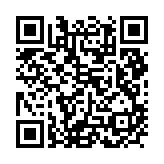
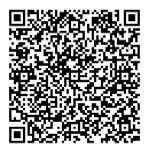
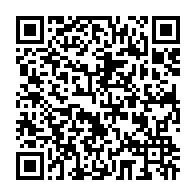
Studies show wishlists don’t predict romantic compatibility. Instead, real-life interactions offer more insight into how someone makes you feel. Online dating may seem promising, but too many choices can paralyze decision-making and create unrealistic expectations.

A father is troubled by other parents allowing supervised underage drinking. While one parent suggested giving teens beer in a controlled setting, he strongly disagrees, worried about legality and the example it sets.
Family therapist Joanna Fortune warned the plan risks legal consequences and fails to prevent excessive drinking. She advised the father to be honest with his son, explaining his firm stance rather than hiding the truth.
Image Credits: Moondance from Pixabay



Not confident in stock picking? Investing in an S&P 500 ETF like Vanguard’s VOO offers low-cost, diversified exposure to top U.S. companies. With a 0.03% expense ratio, it mirrors the market and simplifies investing.
Though not designed to beat the market or offer high dividends, VOO is a strong portfolio foundation. Add bonds or hand-picked stocks for balance and growth.
The U.S. dollar is weakening due to policy instability and rising debt. The DXY index has dropped significantly, shaking investor confidence worldwide. Companies with global sales—like Netflix and Mastercard—stand to benefit from favorable currency conversion.
To hedge, investors should look to international stocks, especially in Europe and Brazil. Swiss assets and firms with domestic focus show resilience, while Asian markets face higher risk due to China ties. Avoid direct currency trading or speculative plays like bitcoin— diversified equity remains the smarter move.
Rising expenses have pushed many Americans toward side hustles in 2025. Freelancing on sites like Upwork, selling digital goods on Gumroad, or using AI tools to support marketing or content creation are just some of the popular online options. Offline, you can walk dogs, babysit, rent out your car or spare room, or work gigs through TaskRabbit or Uber.


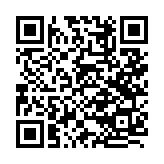

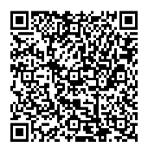

As grads begin full-time work, guiding them toward financial independence is key. Encourage building emergency savings, taking full advantage of 401(k) employer matches, and embracing long-term investing based on Vanguard’s four principles: clear goals, diversification, low costs, and discipline.
Small habits, like automating savings and choosing a Roth 401(k), can have big impacts. These early steps help young adults reduce stress, avoid financial pitfalls, and build lifelong money confidence.


Retirement and the Smartphone Trap
Orrin Onken found retirement disrupted by compulsive phone use, echoing the stress of his legal career. Though his smartphone offers useful functions, it became an addictive escape. He began applying techniques he used to quit smoking, delaying the urge and regaining control.
Now, Onken aims for mindful use, not abstinence. He accepts occasional pleasures like online chess but avoids behavior that leaves him feeling drained. His goal is a peaceful, engaged retirement— without letting a screen dictate how he lives it.
Martin and John, once defined by demanding careers, now face a “messy middle” where identity and meaning must be reimagined. Retirement freed their schedules but stirred unexpected anxiety and disconnection. Their stories show that fulfillment post-retirement requires structure, connection, and exploration—not just time. As they test new paths and share honest conversations, they remind us: purpose doesn’t end with a paycheck—it evolves.

Though Cuenca is beloved by expats, we found it too remote, chilly, and busy. Its charm couldn’t compete with Guanajuato’s walkability, vibrant colors, and accessibility to other Mexican cities.
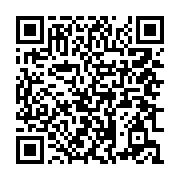
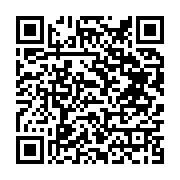
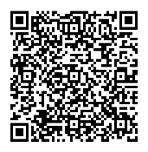


After exploring Panama, Colombia, and Peru, we confirmed what we suspected: nowhere else matches the magic, warmth, and convenience of Mexico.
Jeff Bezos’ Retirement Advice: Cash Flow, Diversification, and Long-Term Vision

Jeff Bezos emphasizes three key financial strategies: maintain strong free cash flow to cover costs and emergencies, diversify investments to reduce risk, and focus on long-term growth. These principles help retirees achieve greater stability and resilience against inflation and market shifts.
Get in touch and subscribe! https://www.scitke.com https://www.instagram.com/sci_tke/ https://www.linkedin.com/company/scitke-llc?trk=organization_guest_main-feed-card_ feed-actor-name
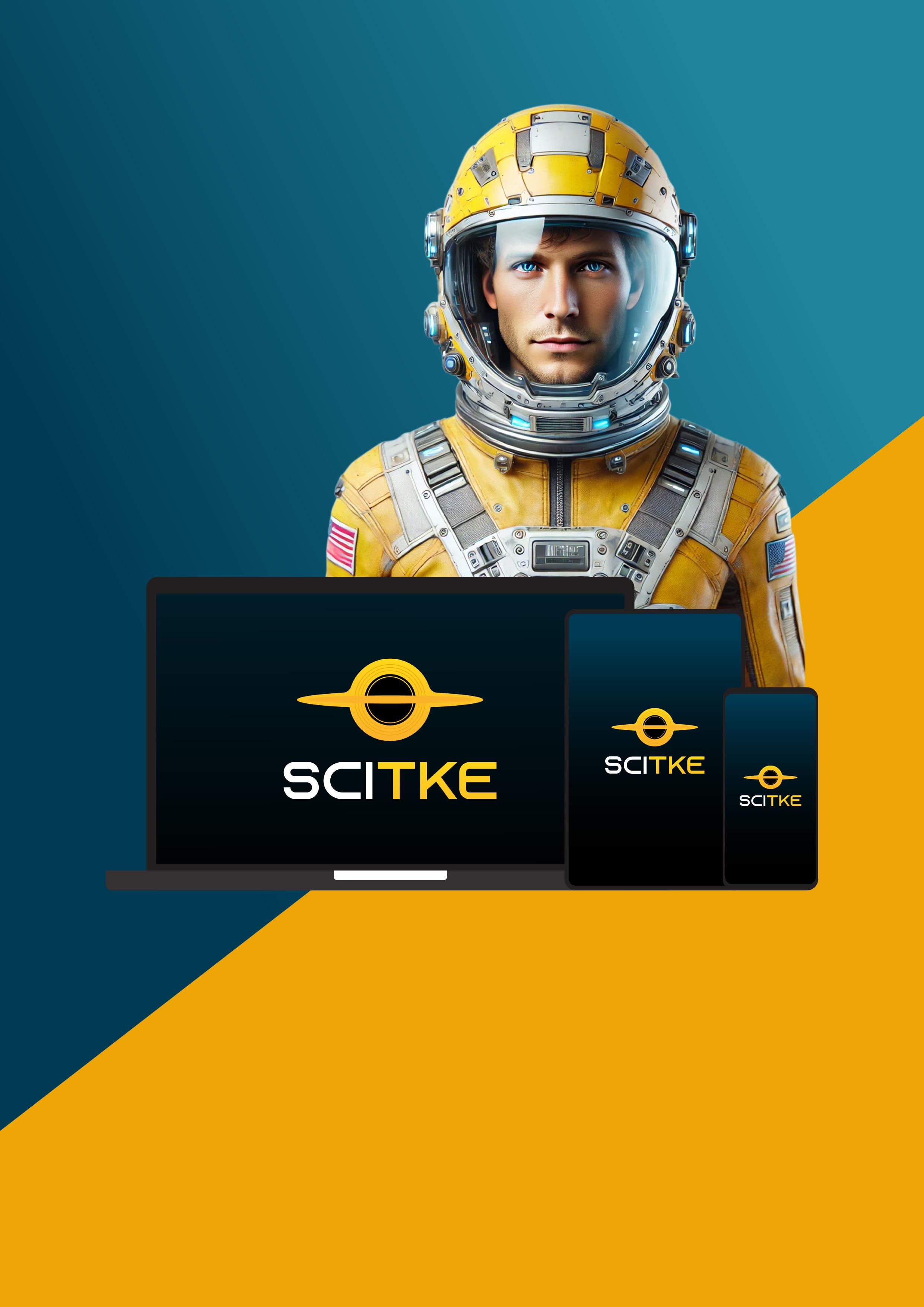

Click on the link below to join our Whatsapp Community! https://chat.whatsapp.com/ Igruy8FOHkdBAKIyV4Svot
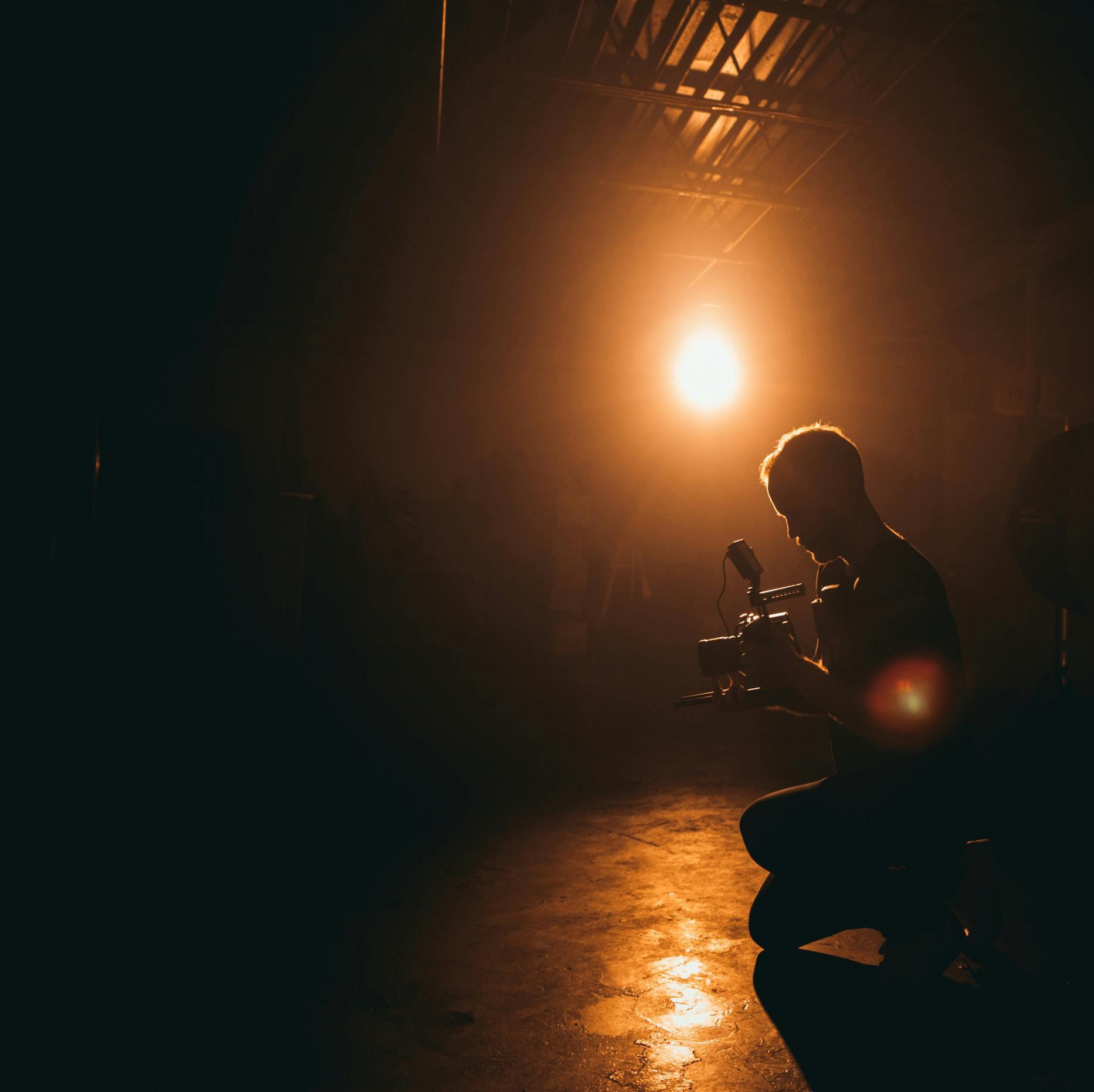
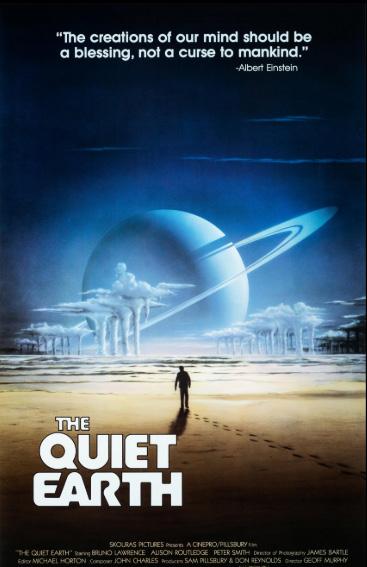
A scientist awakens to find himself alone in the world. In a desperate attempt to search for others, he finds only two who have their own agenda.
Watch Here

International conferences on Engineering and Natural Science - 202507-27 - Ottawa, Canada
Webinar on Dental Science - 202512-11 - London, London, UK
International Conference on Education and New Learning Technologies - 2025-09-01 - Brasilia, Brazil
9th International Conference on Multidisciplinary Research - 202509-17 - Jakarta, Indonesia

Intern - Information Systems and Communication Technology - New York (United States)
Médecin coordonnateur (F/H) SaintMartin - Martin (Slovakia) and France
Forestry Officer - ParaguayParaguay
UN Women Communications Consultant, Office-based, Beijing, China, National Consultant- Beijing (China)
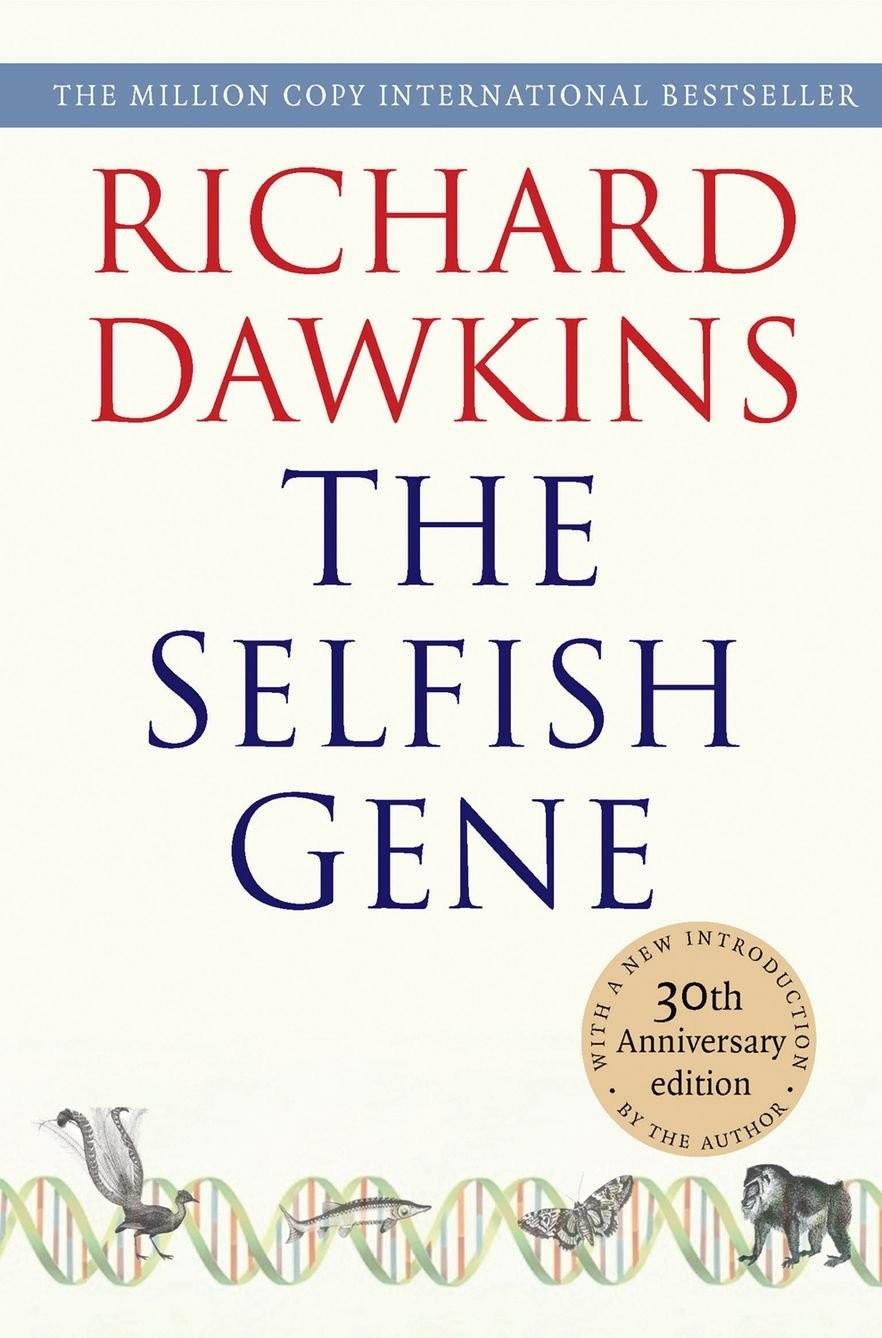
Brain Scans Reveal Why Waking Up Is Sometimes Such a Difficult Experience
‘Junk DNA’ found to play a powerful role in the human body - Earth.com
Netflix is already using generative AI in its original shows
Hidden Detail in Crotch Solves 500-Year-Old Leonardo Da Vinci Mystery : ScienceAlert
Richard Dawkins’ brilliant reformulation of the theory of natural selection has the rare distinction of having provoked as much excitement and interest outside the scientific community as within it. His theories have helped change the whole nature of the study of social biology, and have forced thousands of readers to rethink their beliefs about life.
In his internationally bestselling, now classic volume, The Selfish Gene, Dawkins explains how the selfish gene can also be a subtle gene. The world of the selfish gene revolves around savage competition, ruthless exploitation, and deceit, and yet, Dawkins argues, acts of apparent altruism do exist in nature. Bees, for example, will commit suicide when they sting to protect the hive, and birds will risk their lives to warn the flock of an approaching hawk.
This 30th anniversary edition of Dawkins’ fascinating book retains all original material, including the two enlightening chapters added in the second edition. In a new Introduction the author presents his thoughts thirty years after the publication of his first and most famous book, while the inclusion of the two-page original Foreword by brilliant American scientist Robert Trivers shows the enthusiastic reaction of the scientific community at that time. This edition is a celebration of a remarkable exposition of evolutionary thought, a work that has been widely hailed for its stylistic brilliance and deep scientific insights, and that continues to stimulate whole new areas of research today
Buy now
Recommendation Videos
Robot metabolism: The next evolution of our overlords?
How to save money on summer fun: 5 tips from a finance expert
How to Spot Fake AI Photos | Hany Farid | TED
I Replaced DJI Osmo Pocket 3 With Insta360 X5 | Which Is The Best Travel Camera? | Tom’s Guide

Chef Graphic Designer: Salomão André
Assistant Designers: Maria Bartolomeu Valeriano Ndeyi
Content Manager: Leandro Conceição
Business Inquery:
Chief Editor: Marcílio M. dos Santos
Writing Contributors:
Eduardo Paulo, Valeriano Ndeyi, Cumbo Sumbo, Leandro Conceição, Ana Kiesse, Ana Manuel, Evelina Jeremias, Ngoma Manuel, Jorge Paka, Samilton dos Santos.
